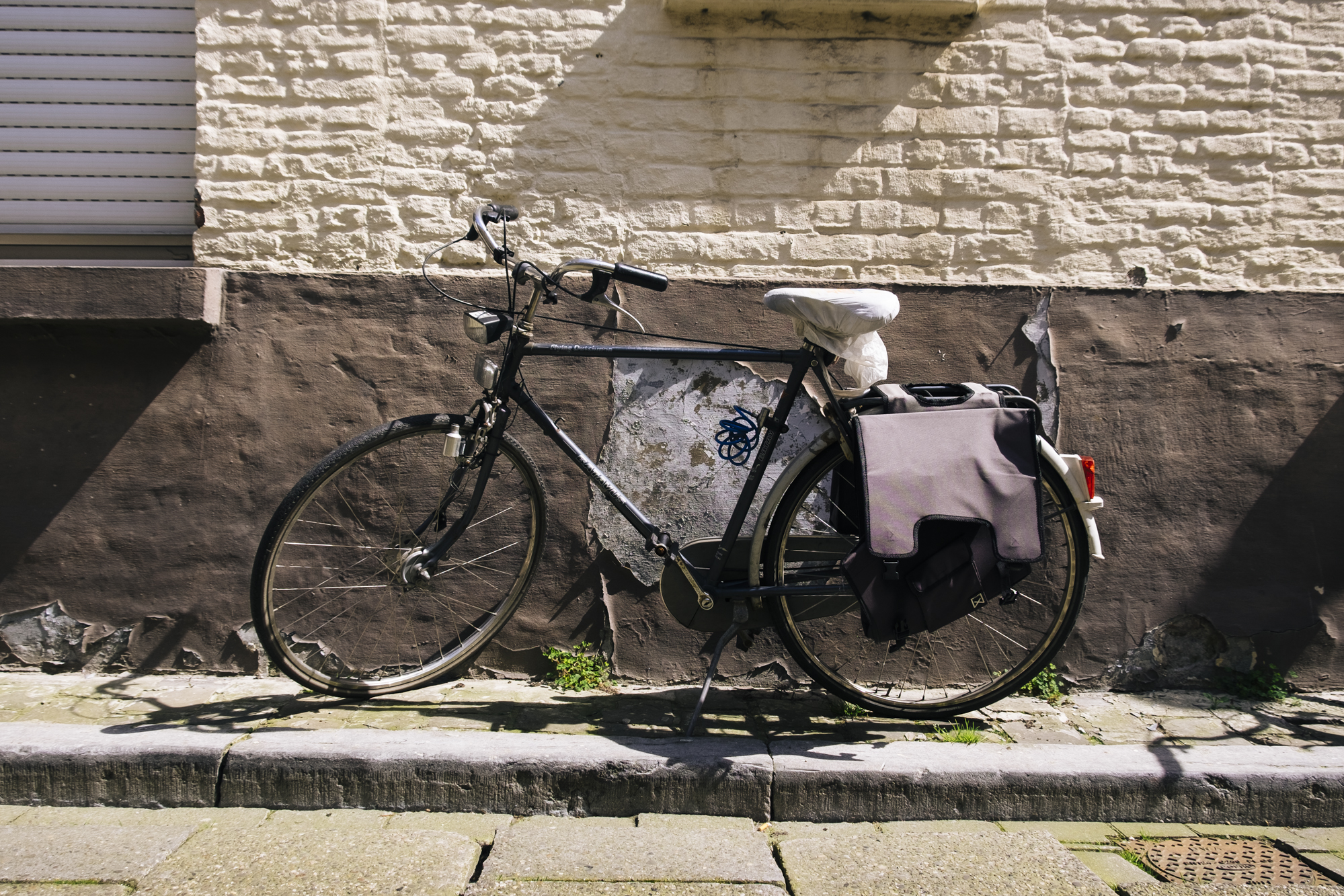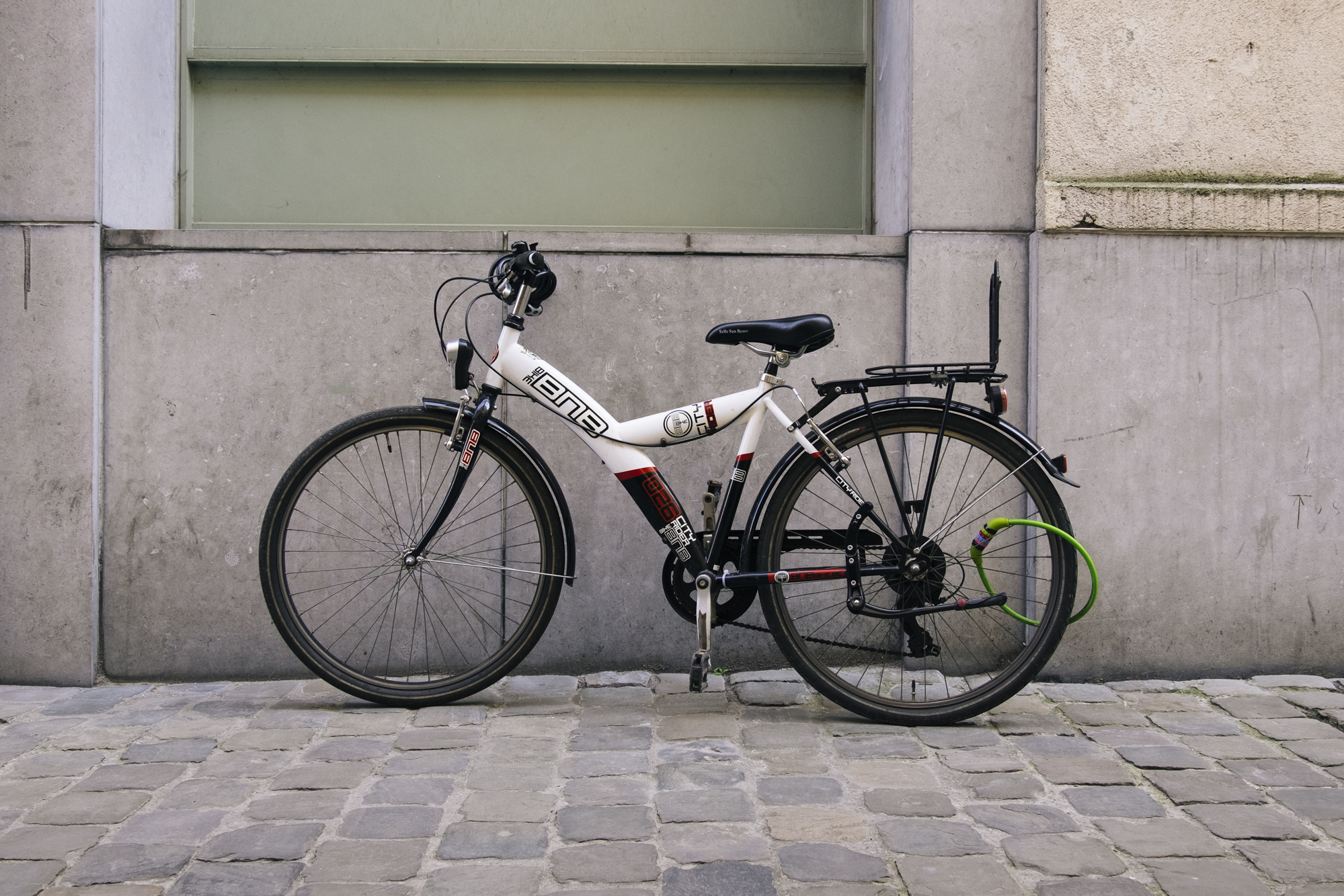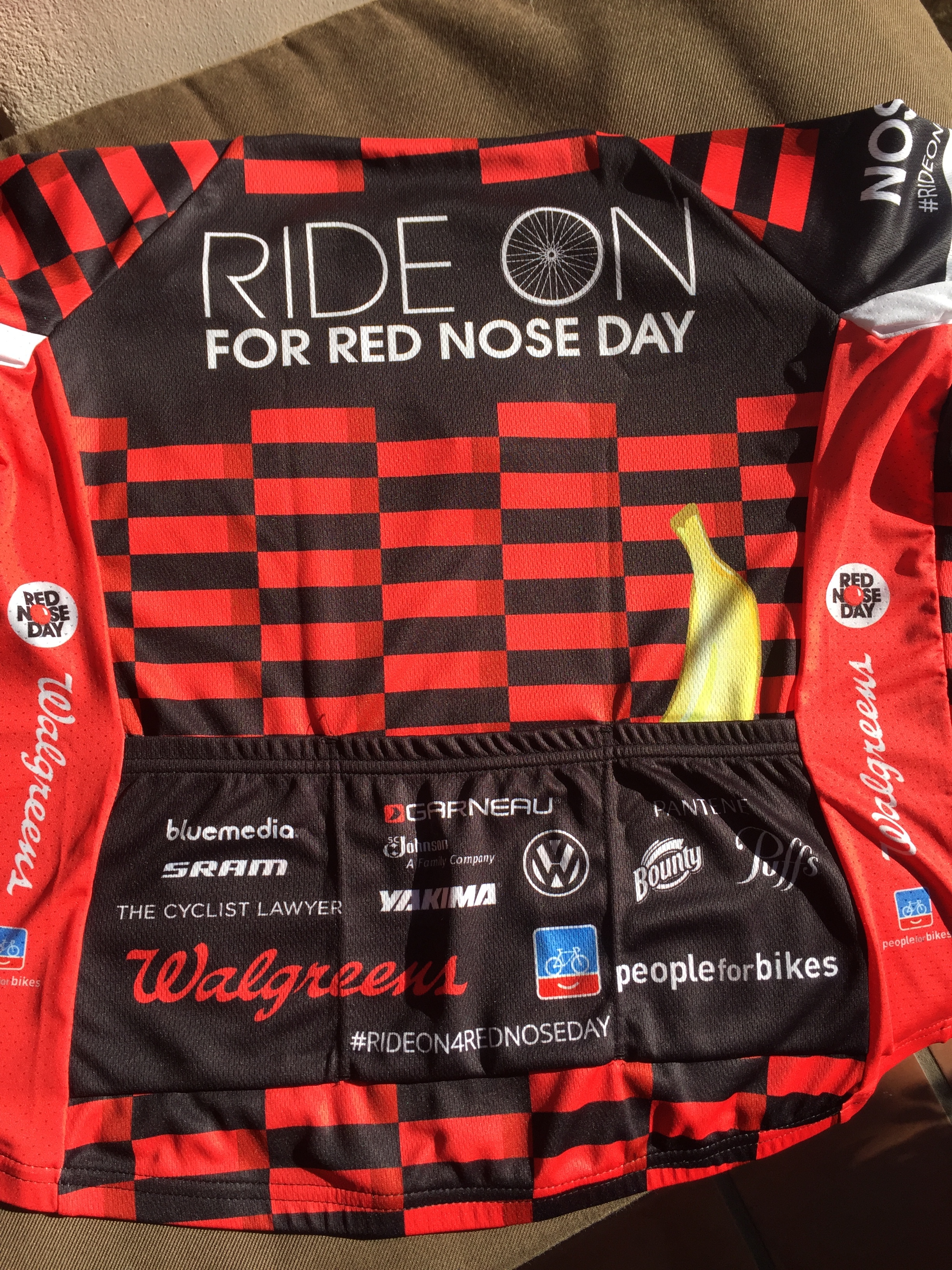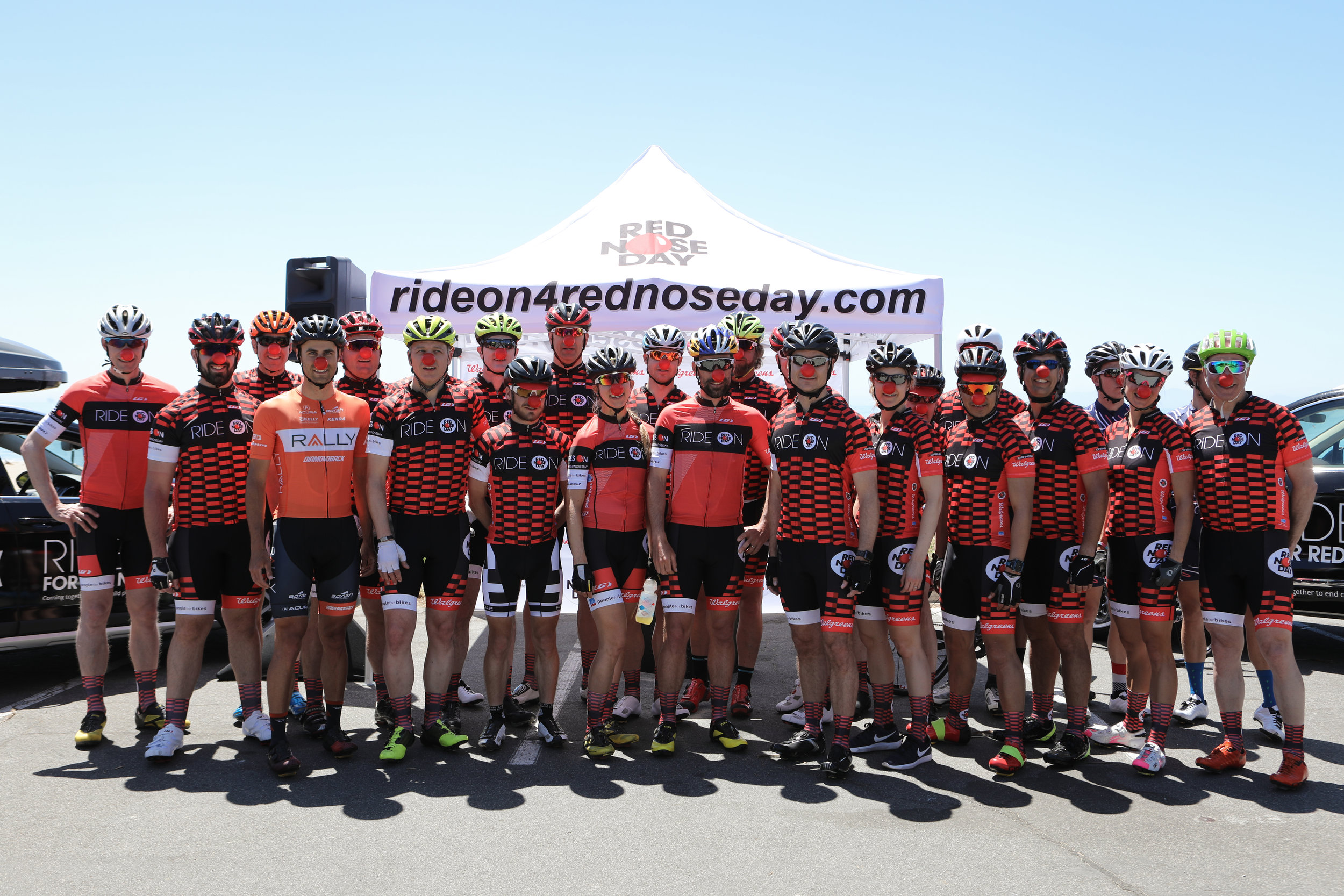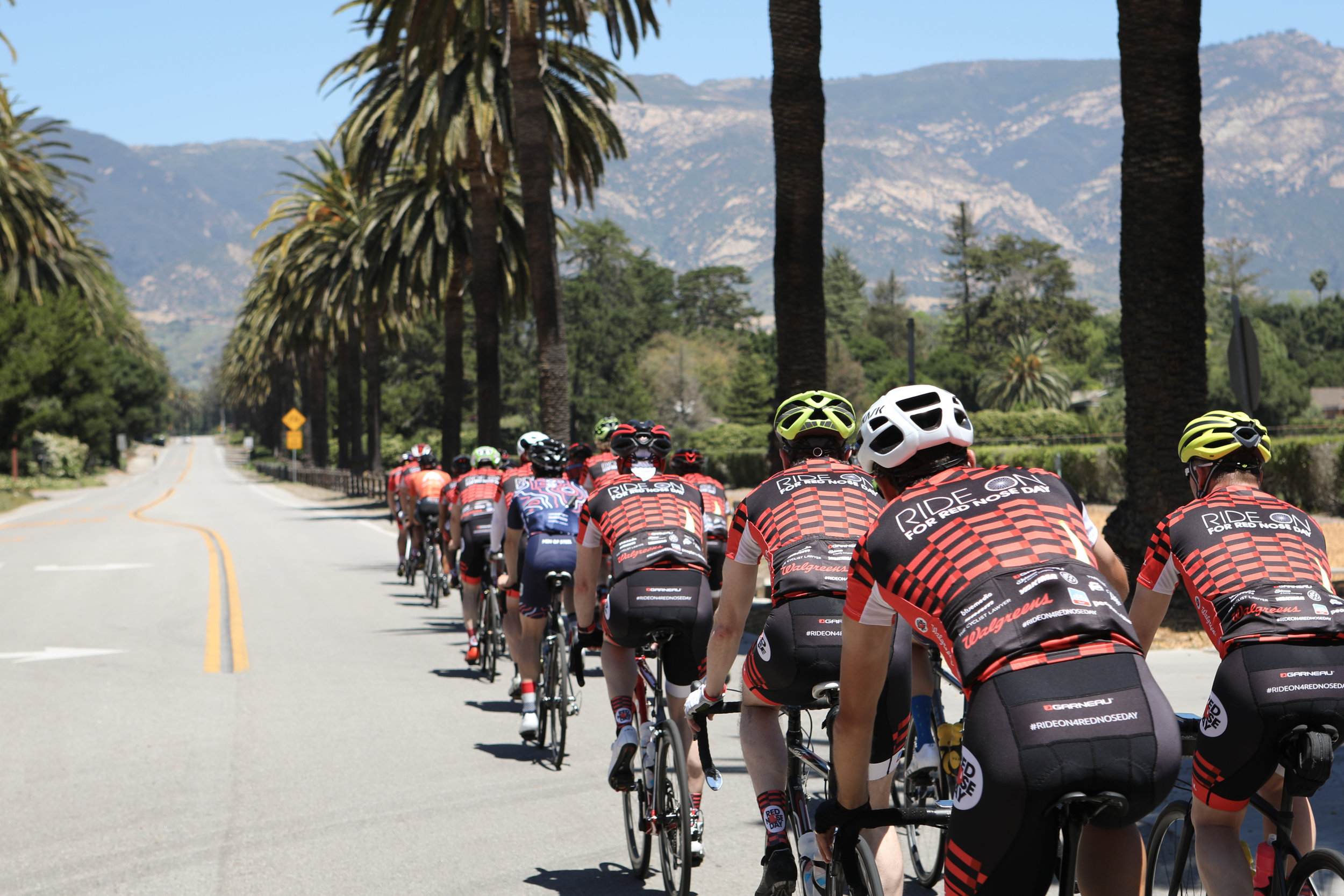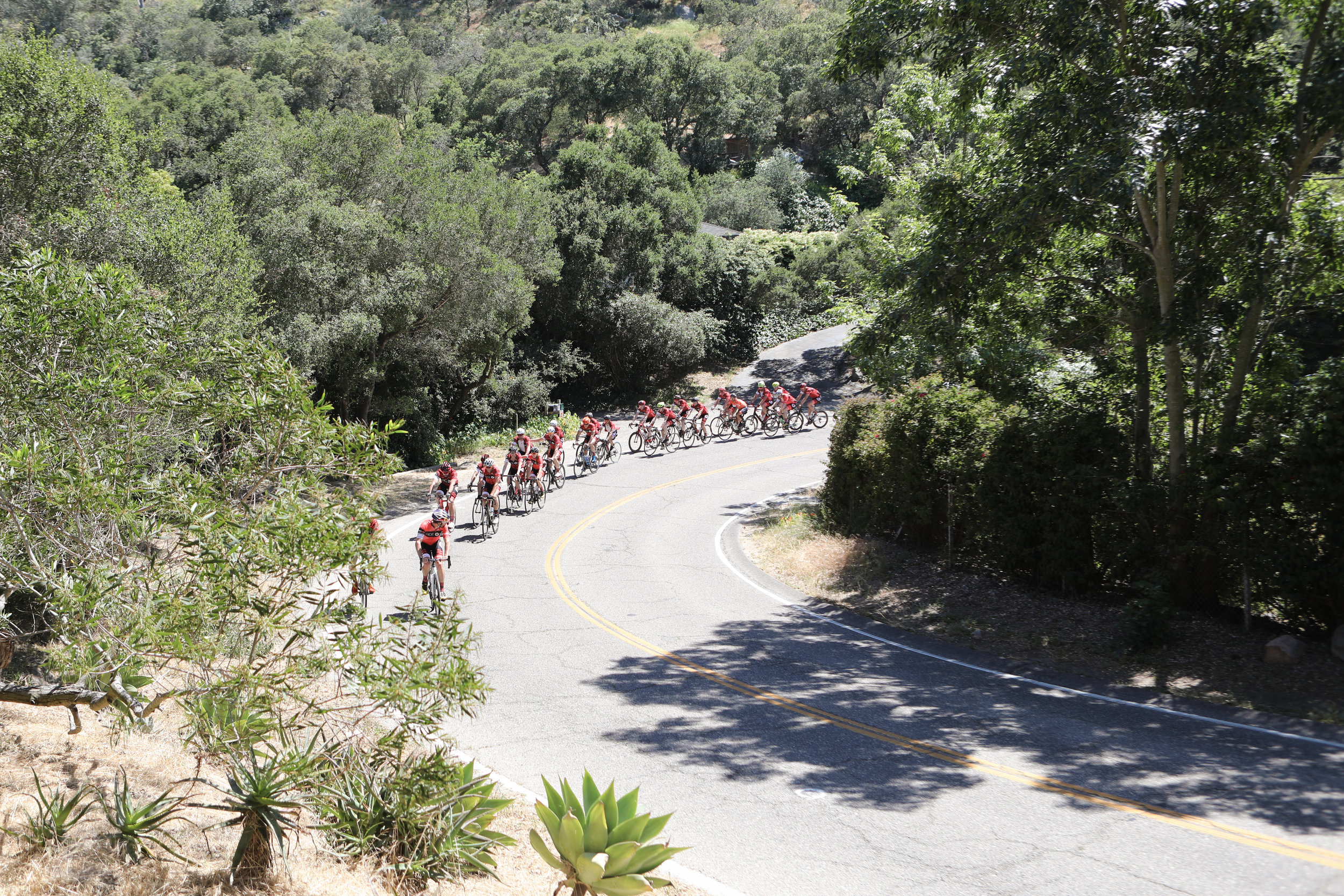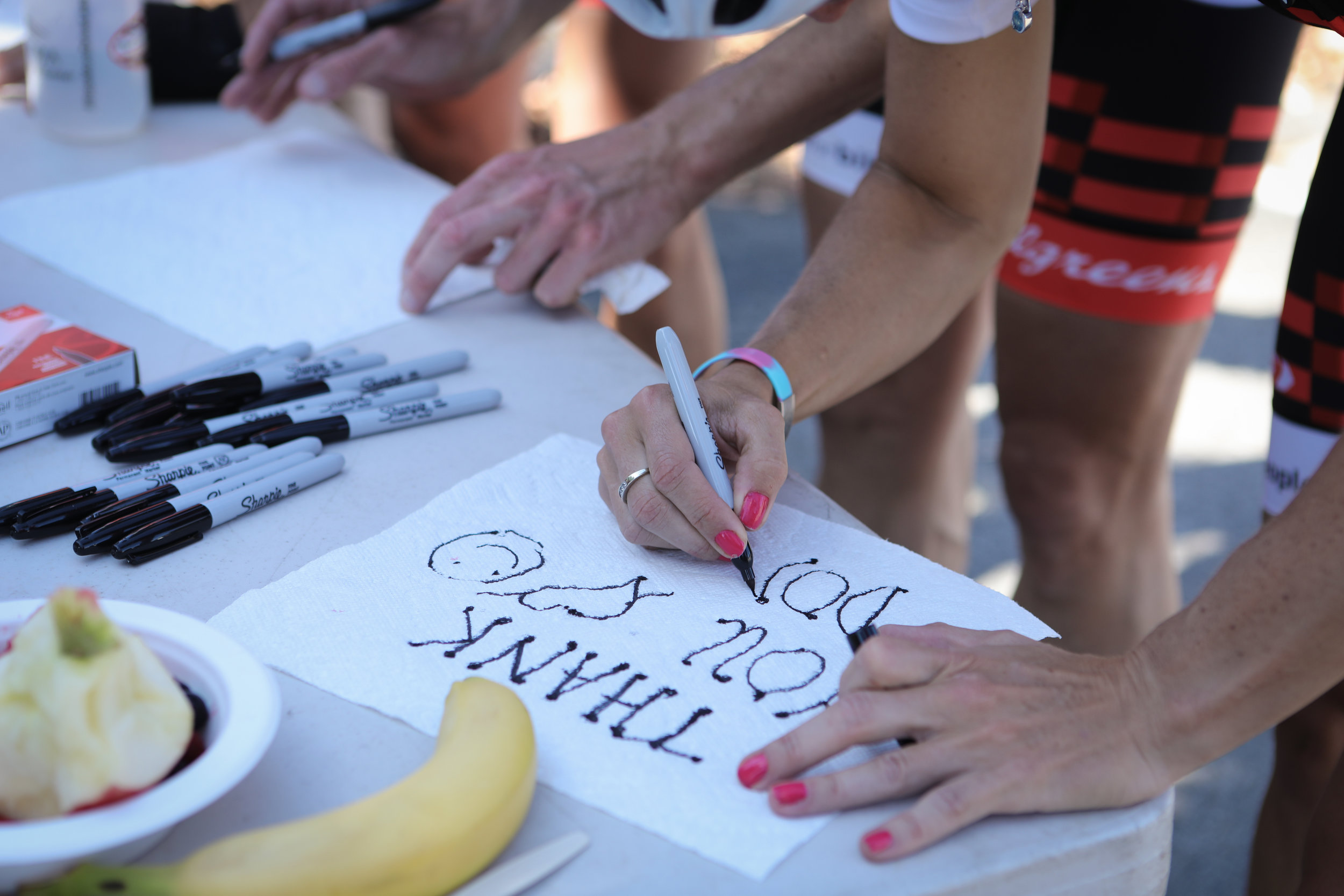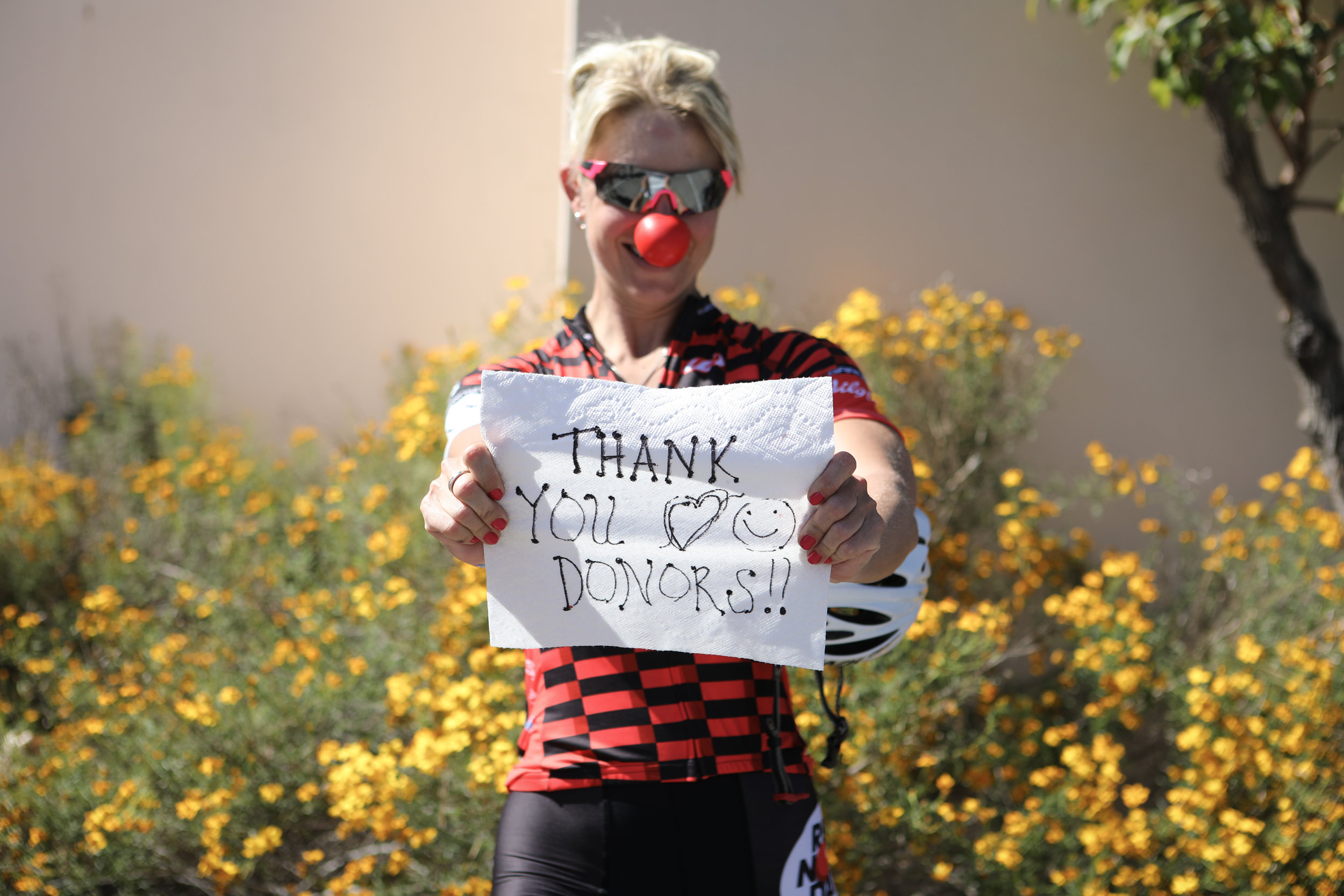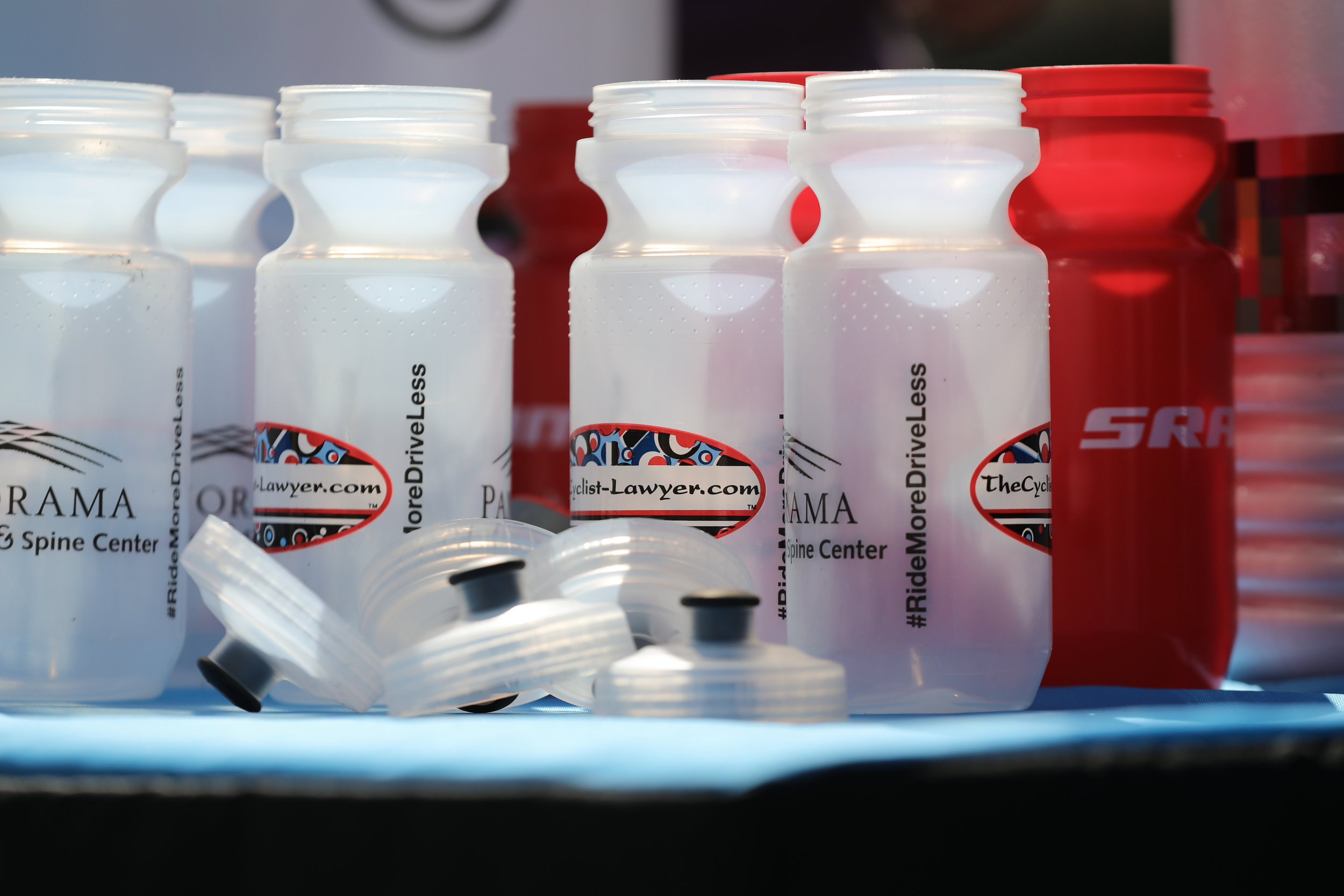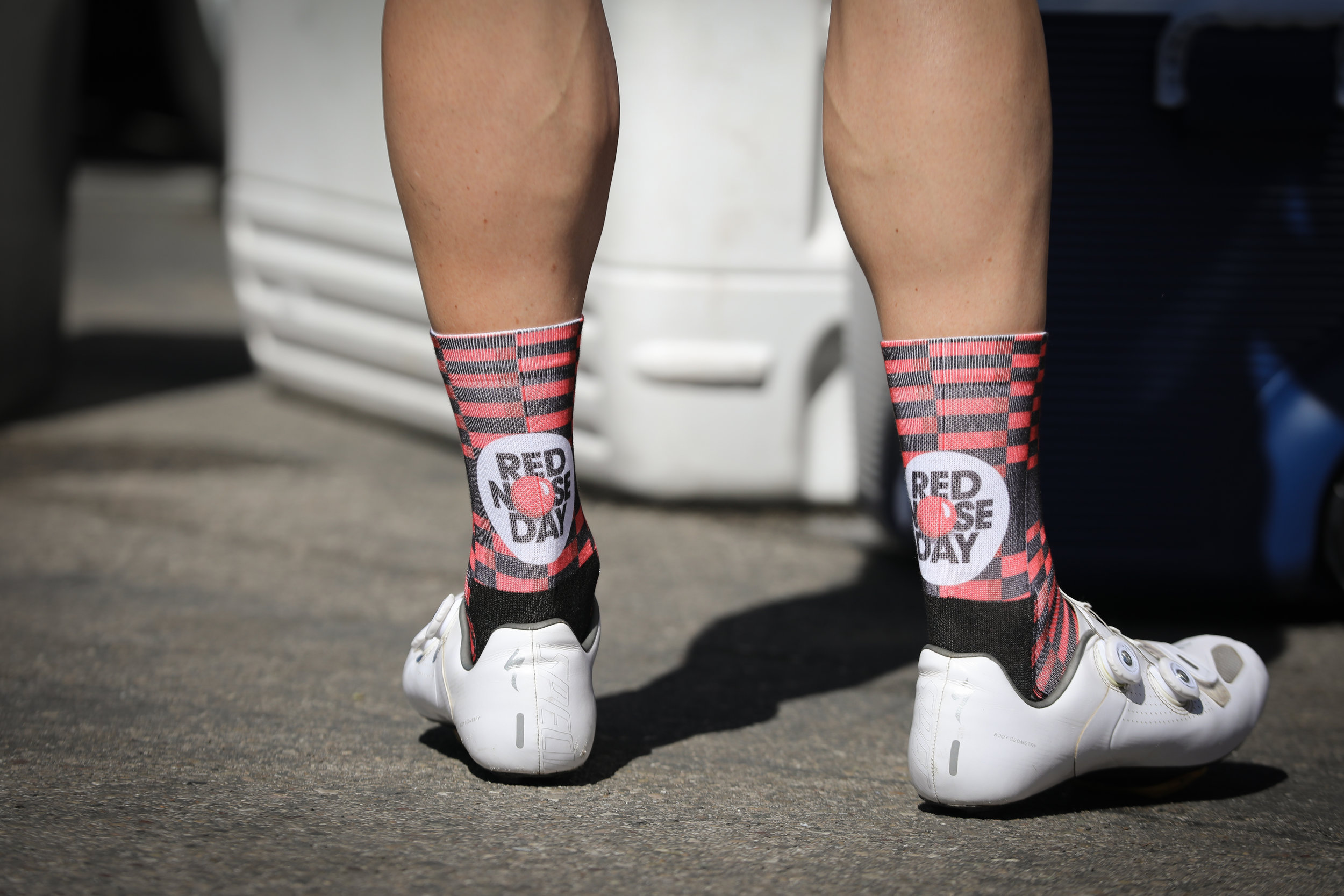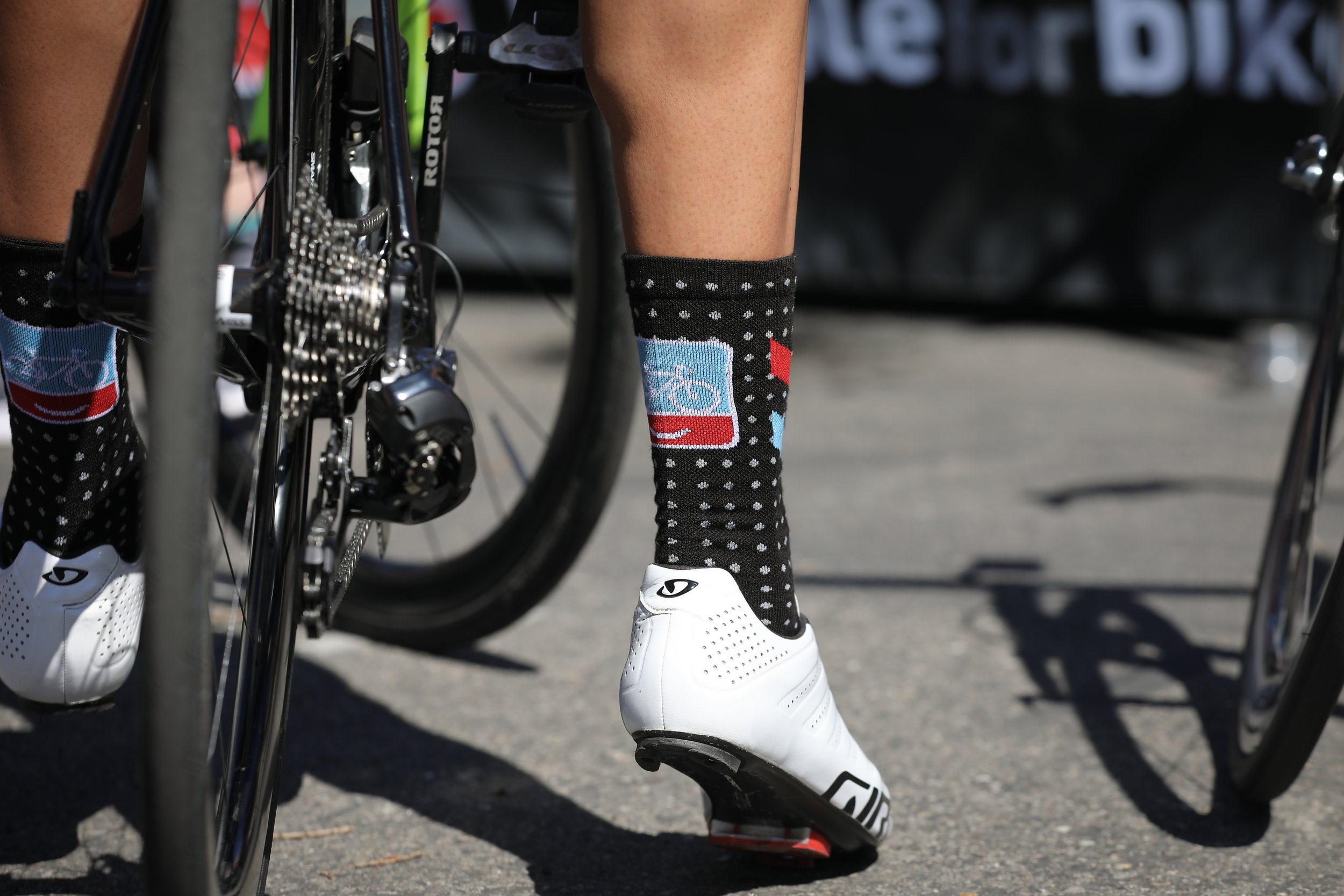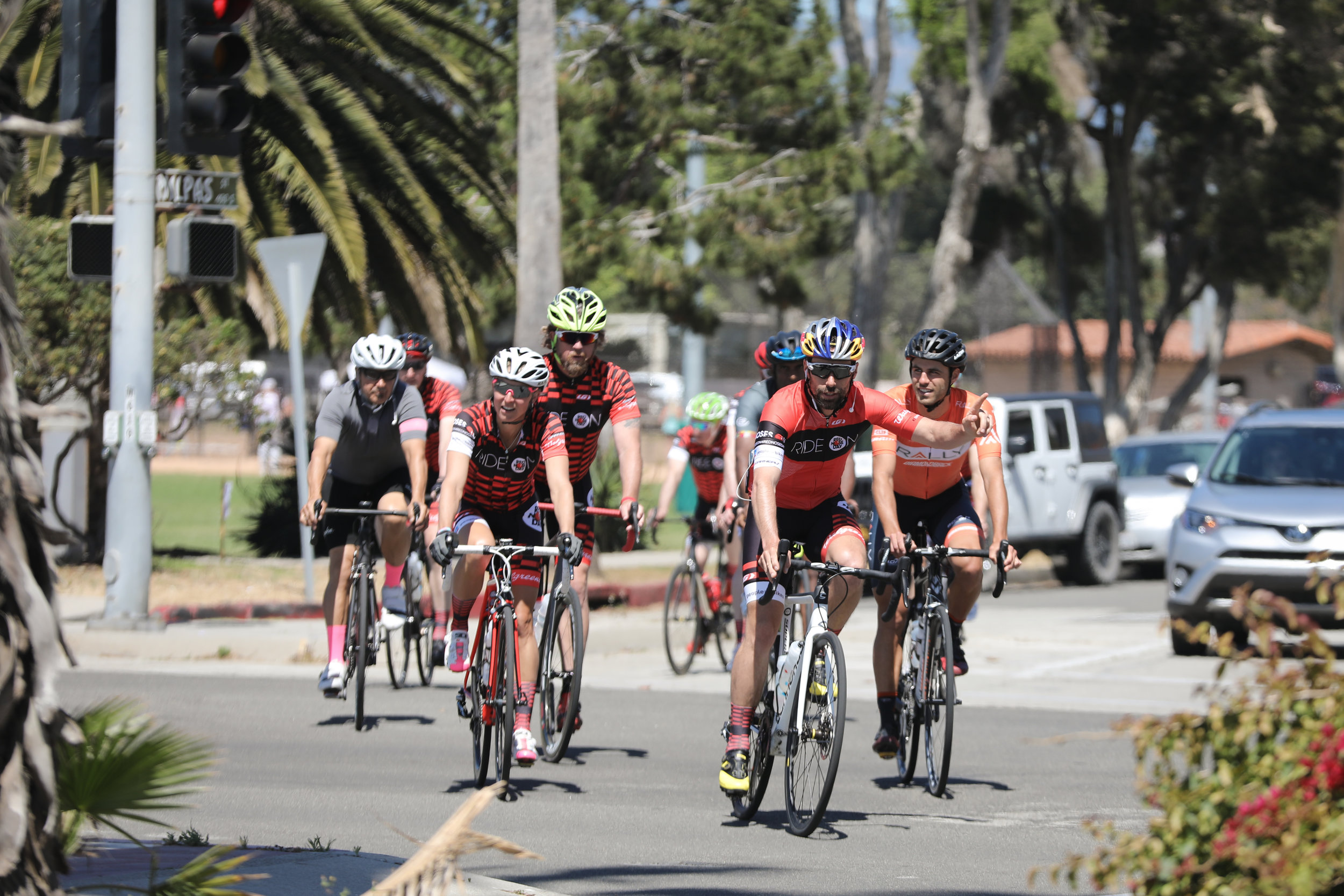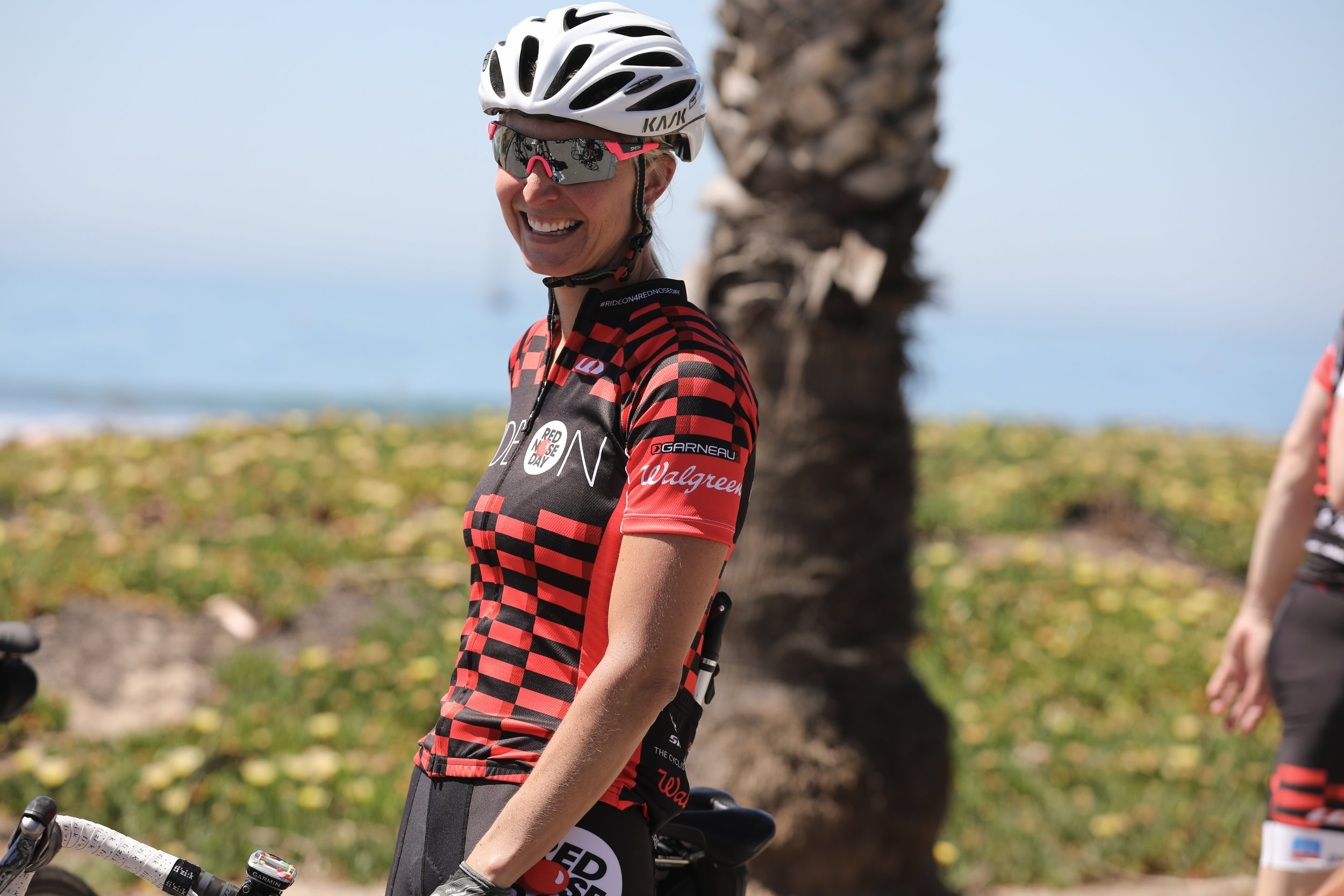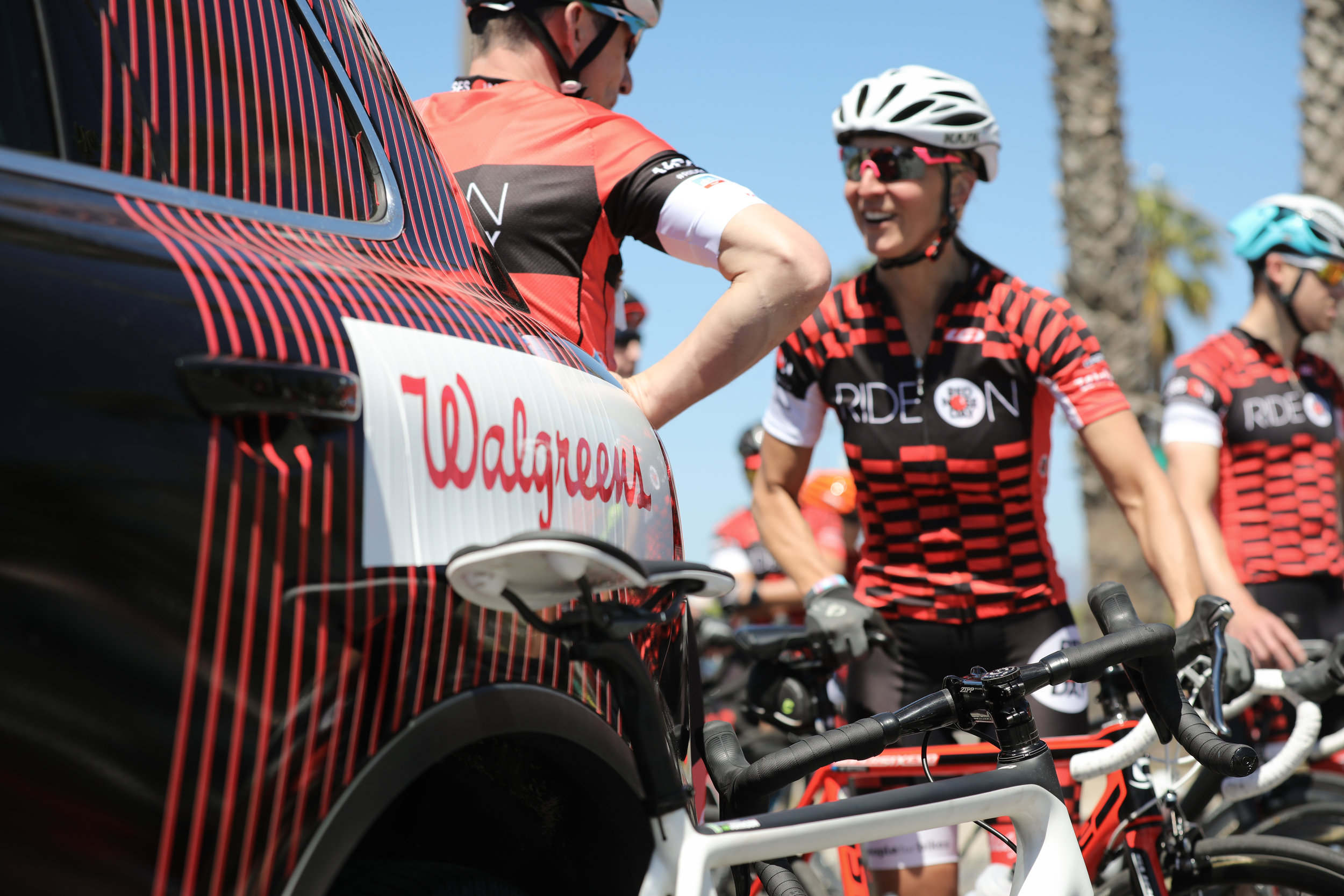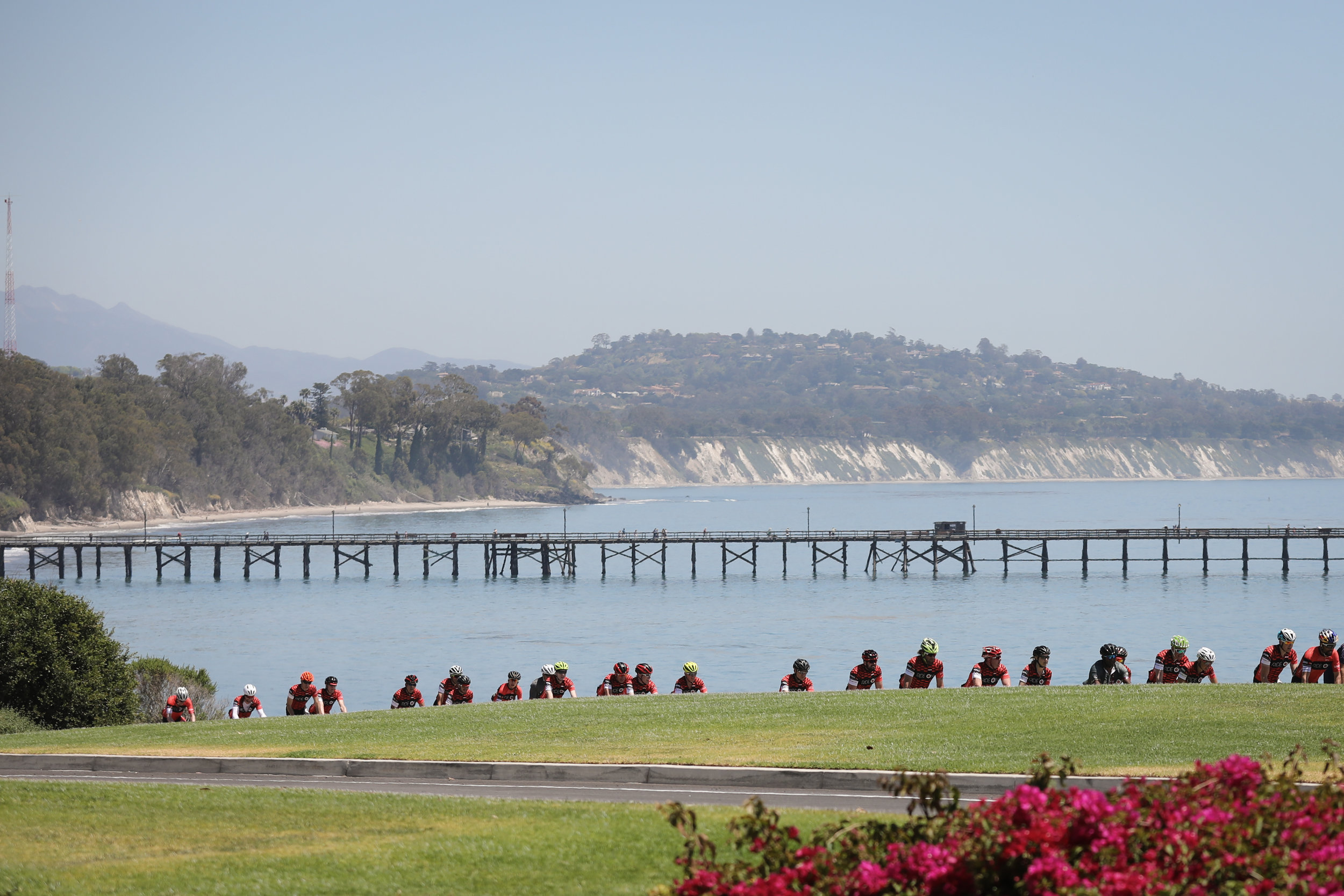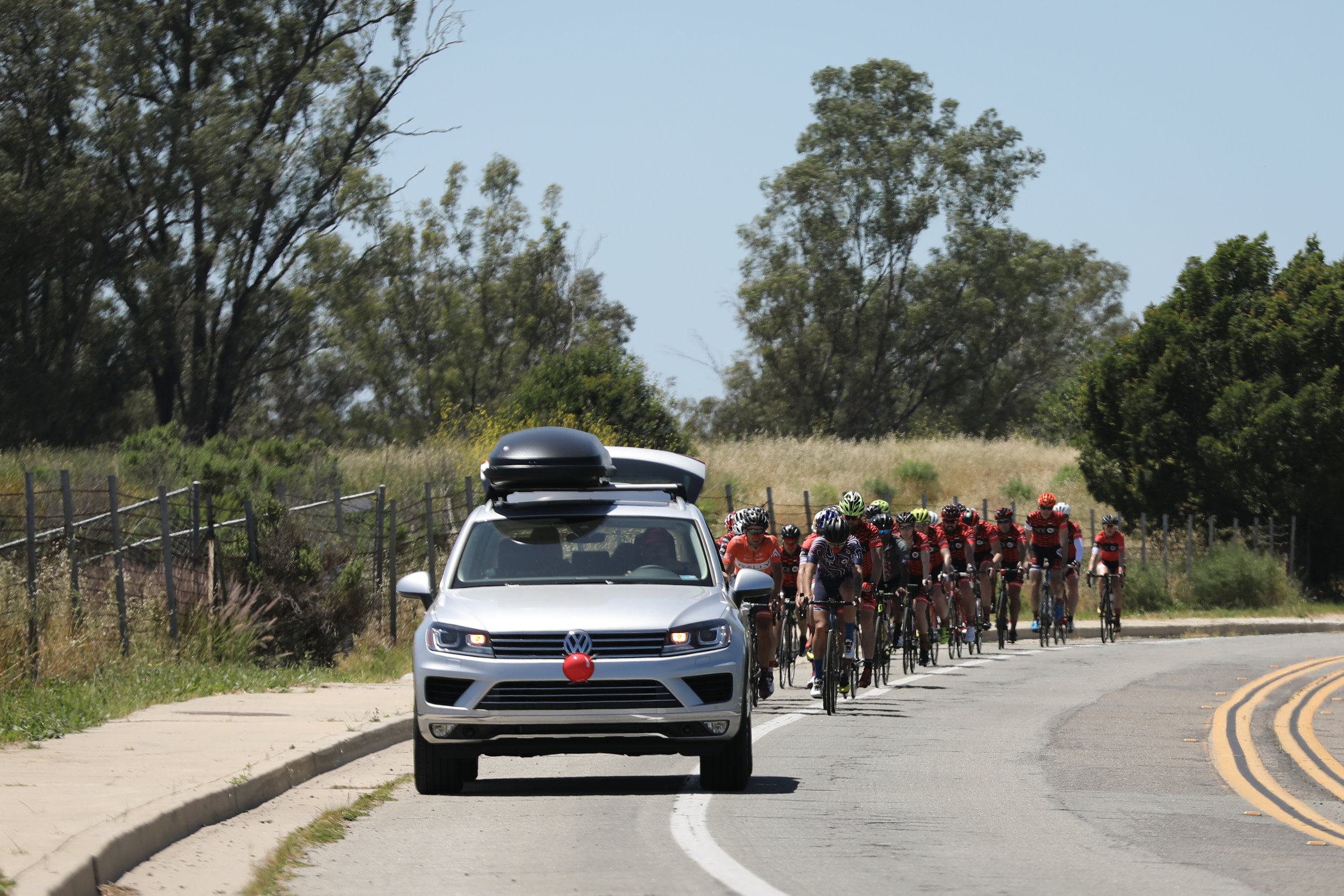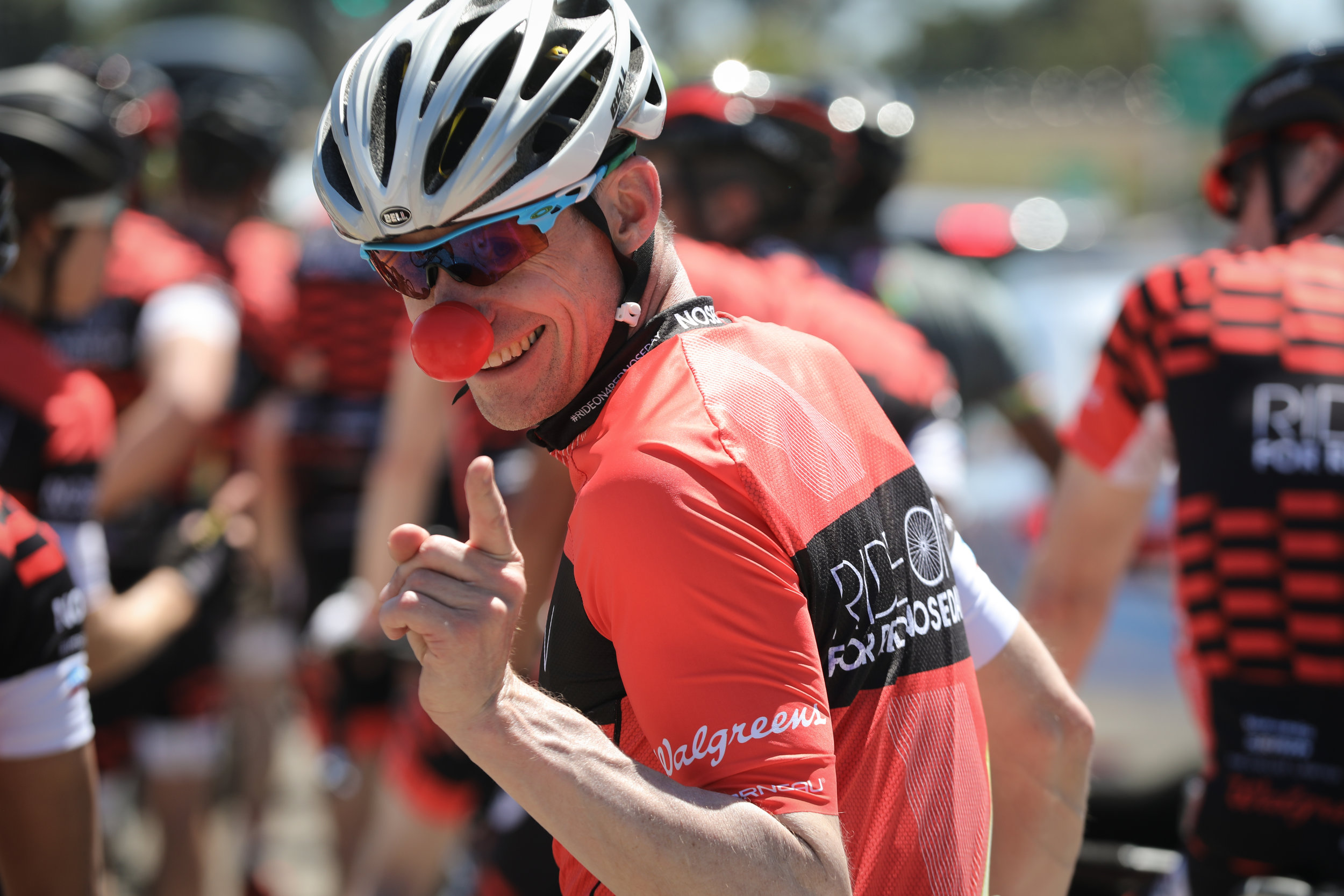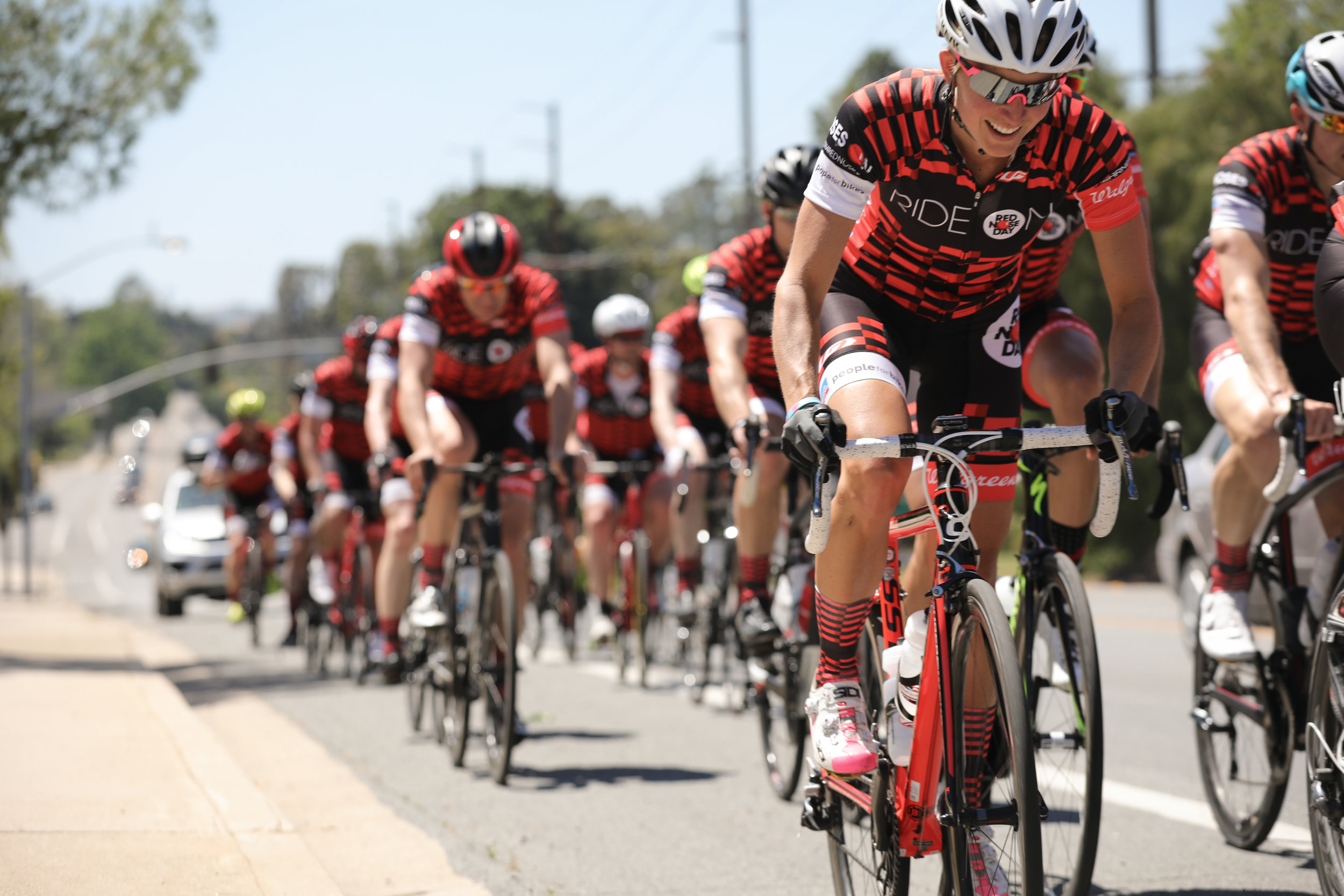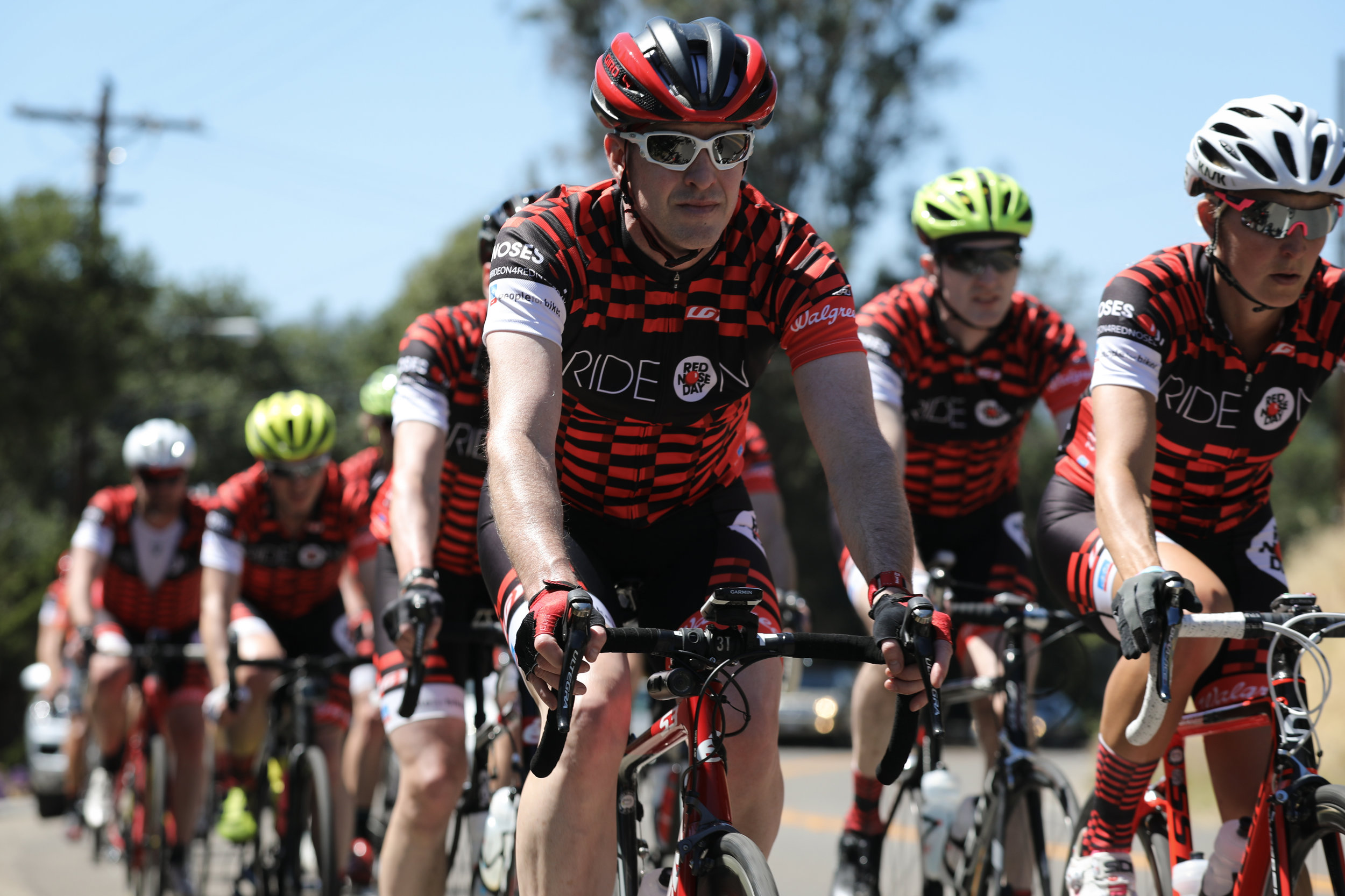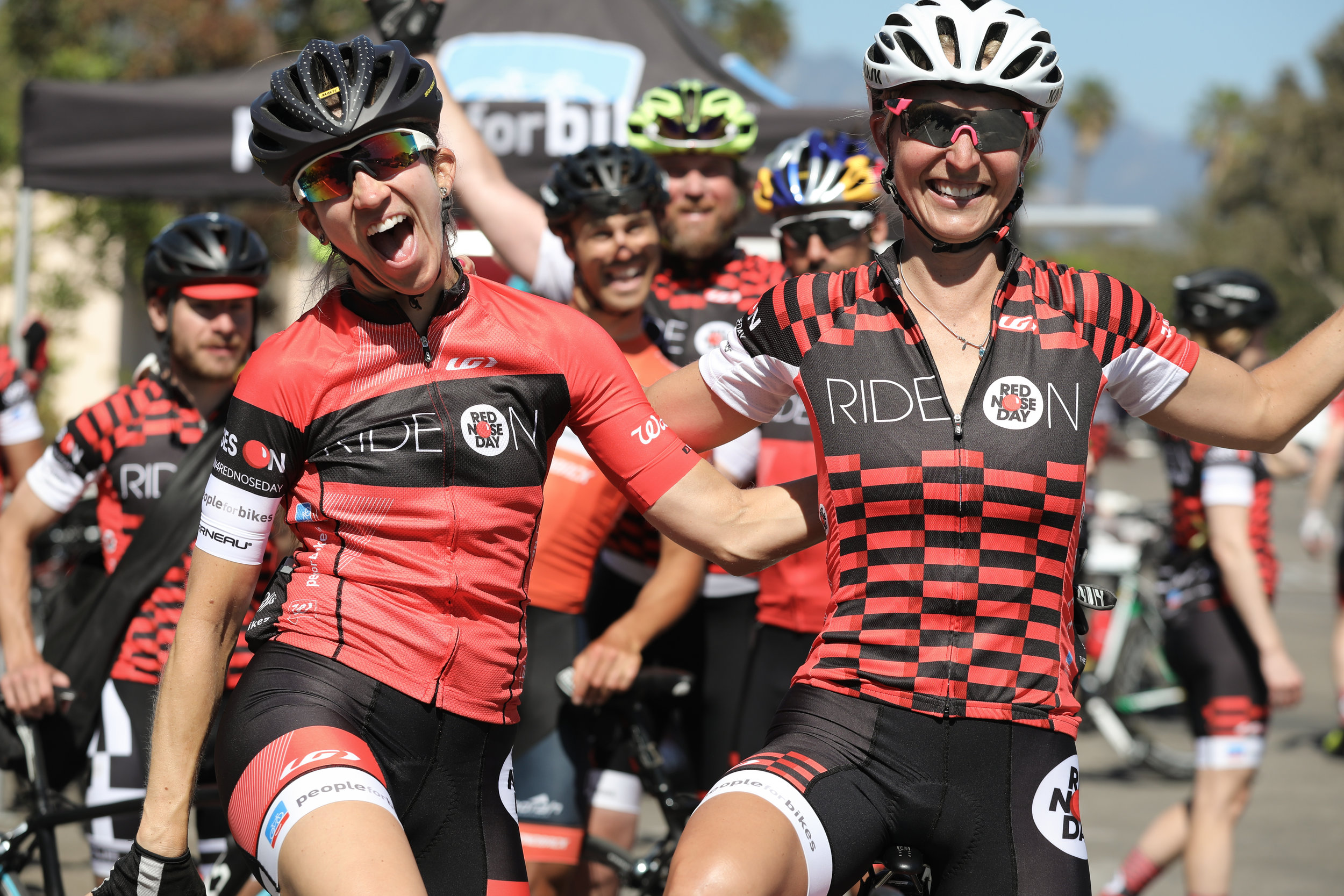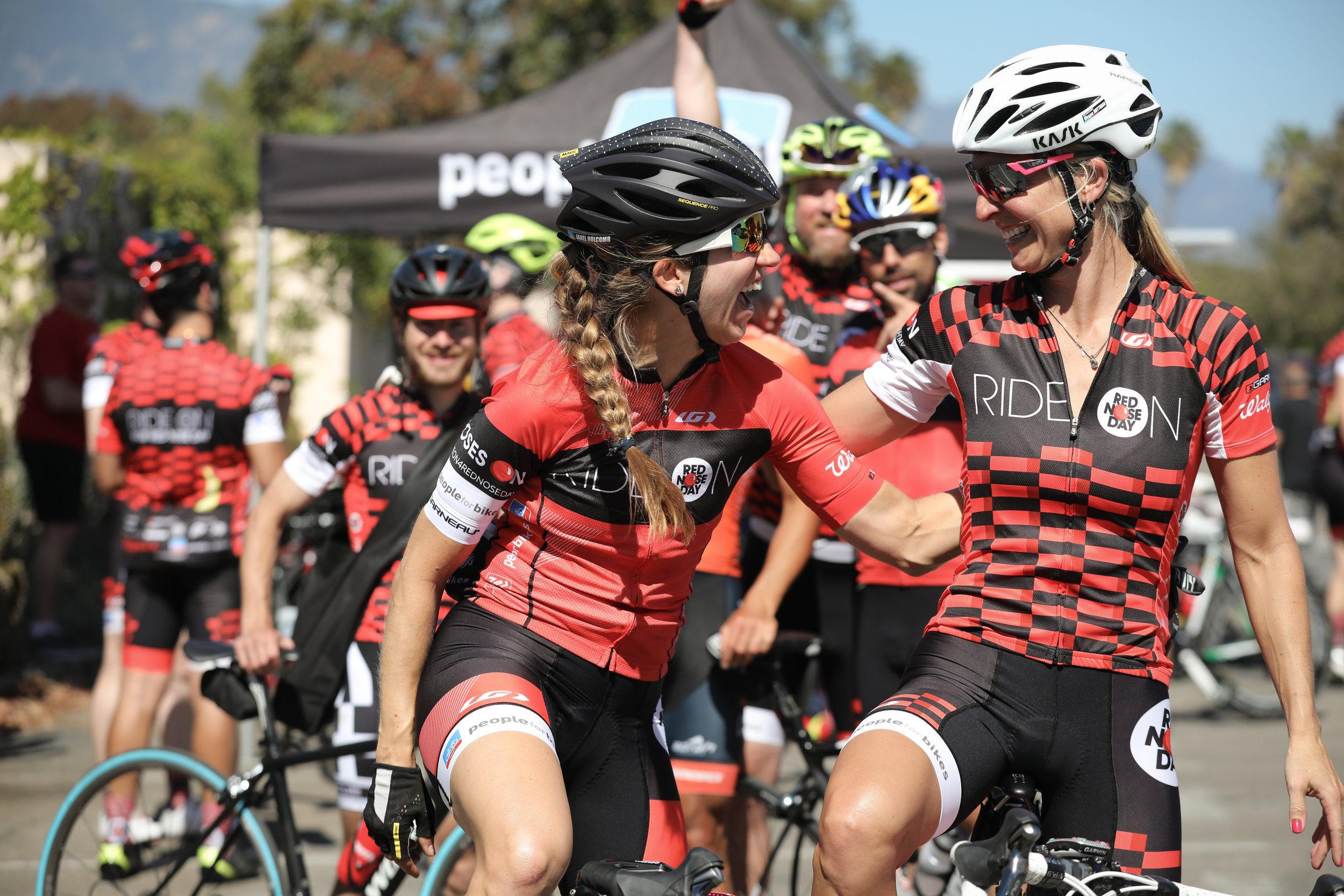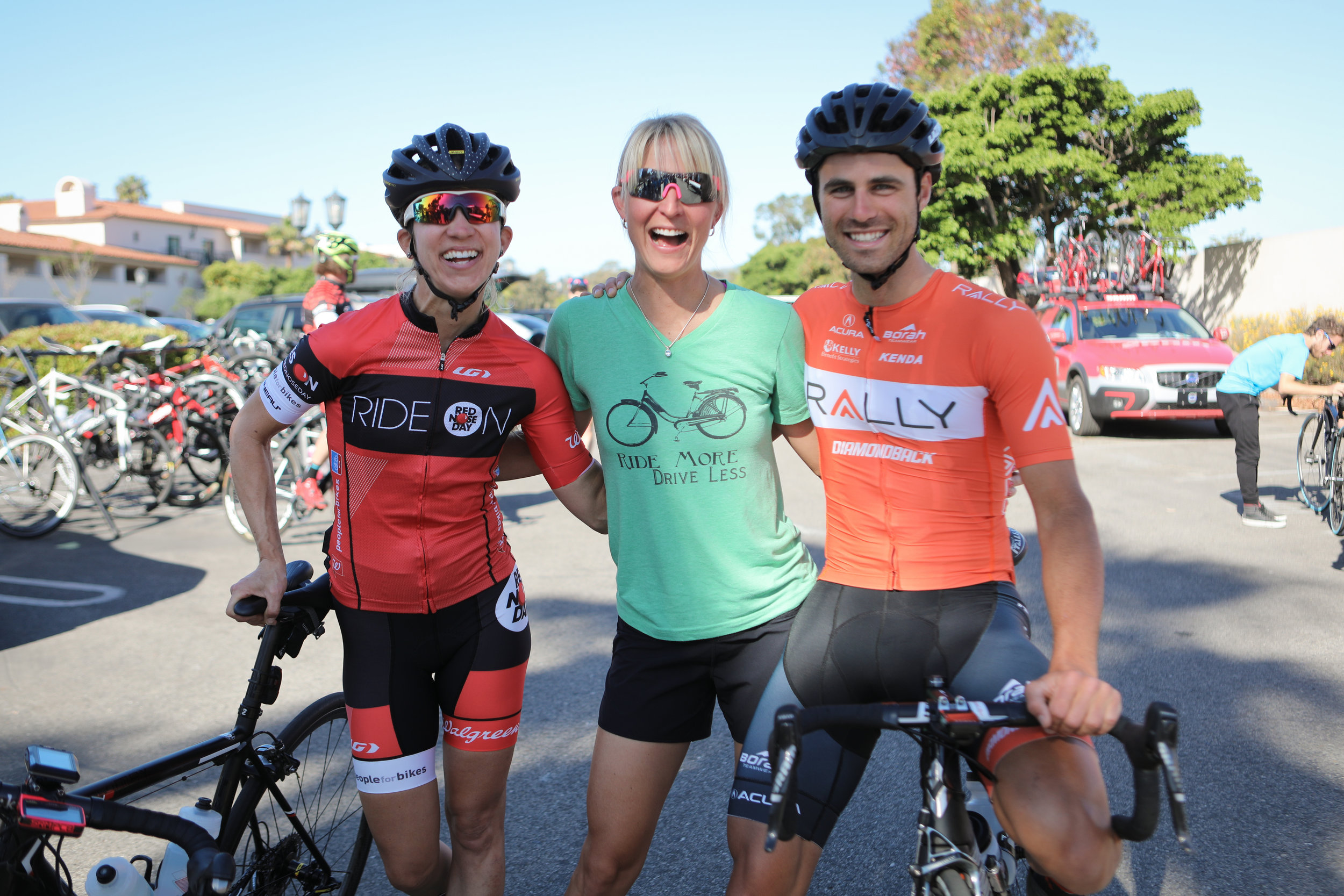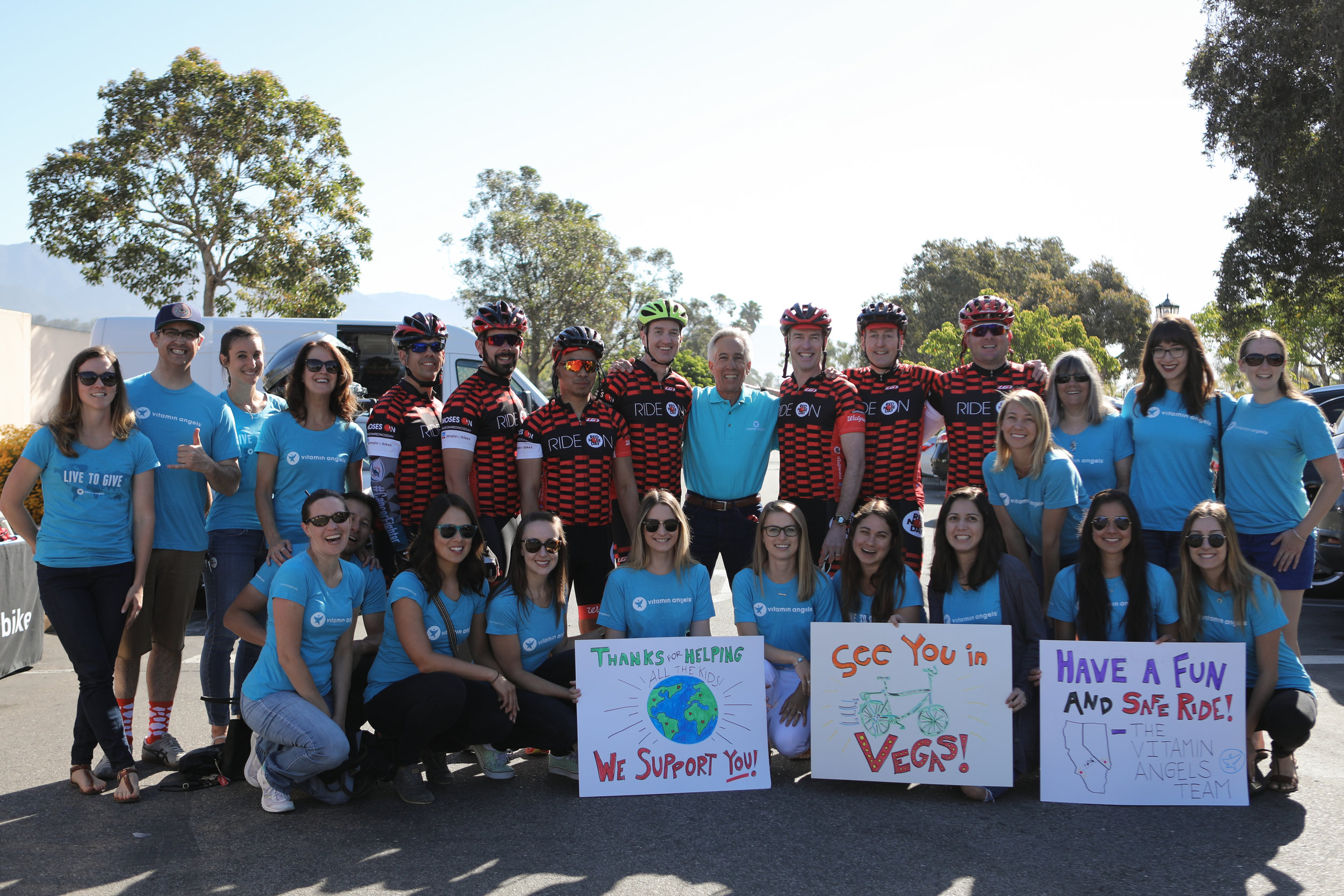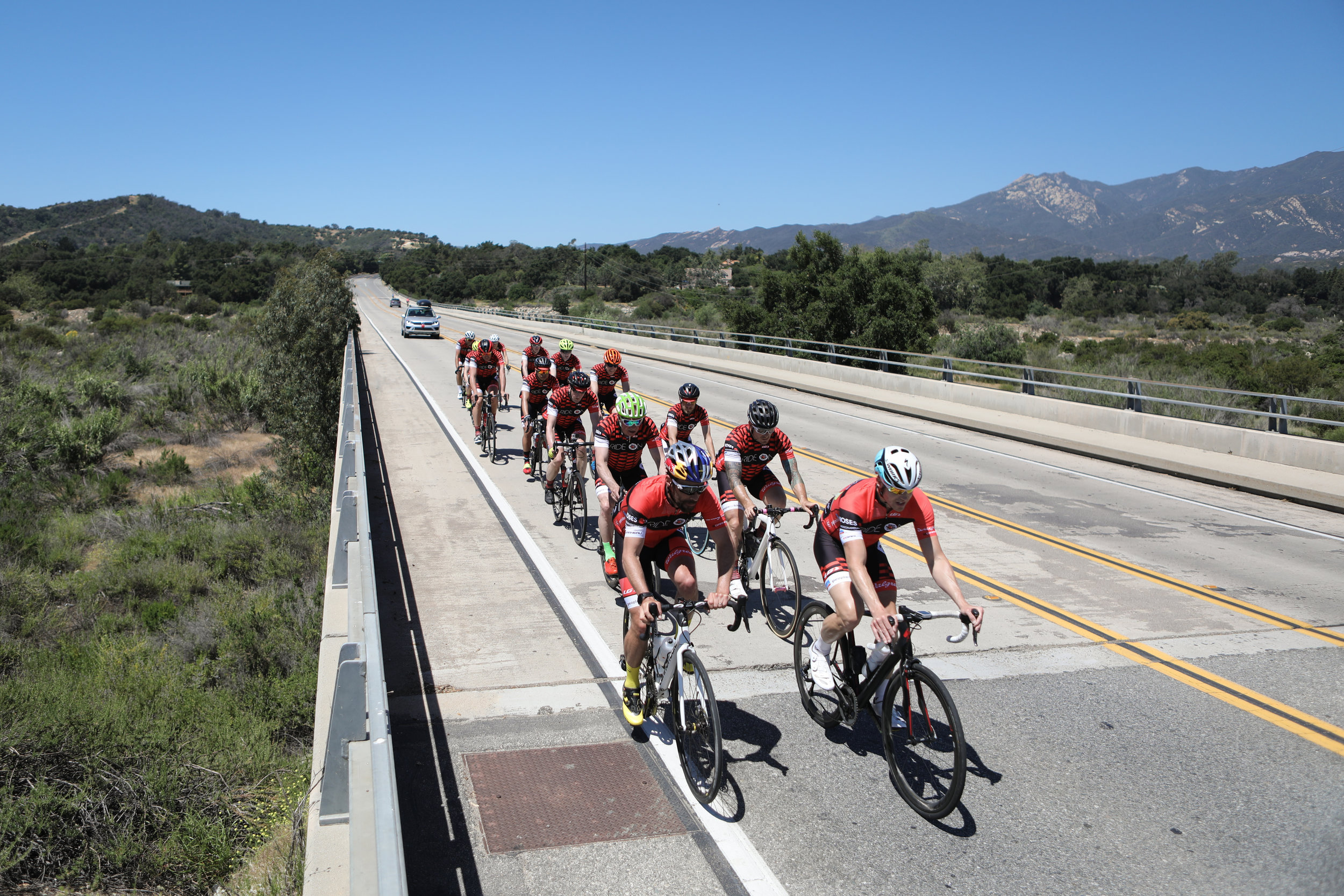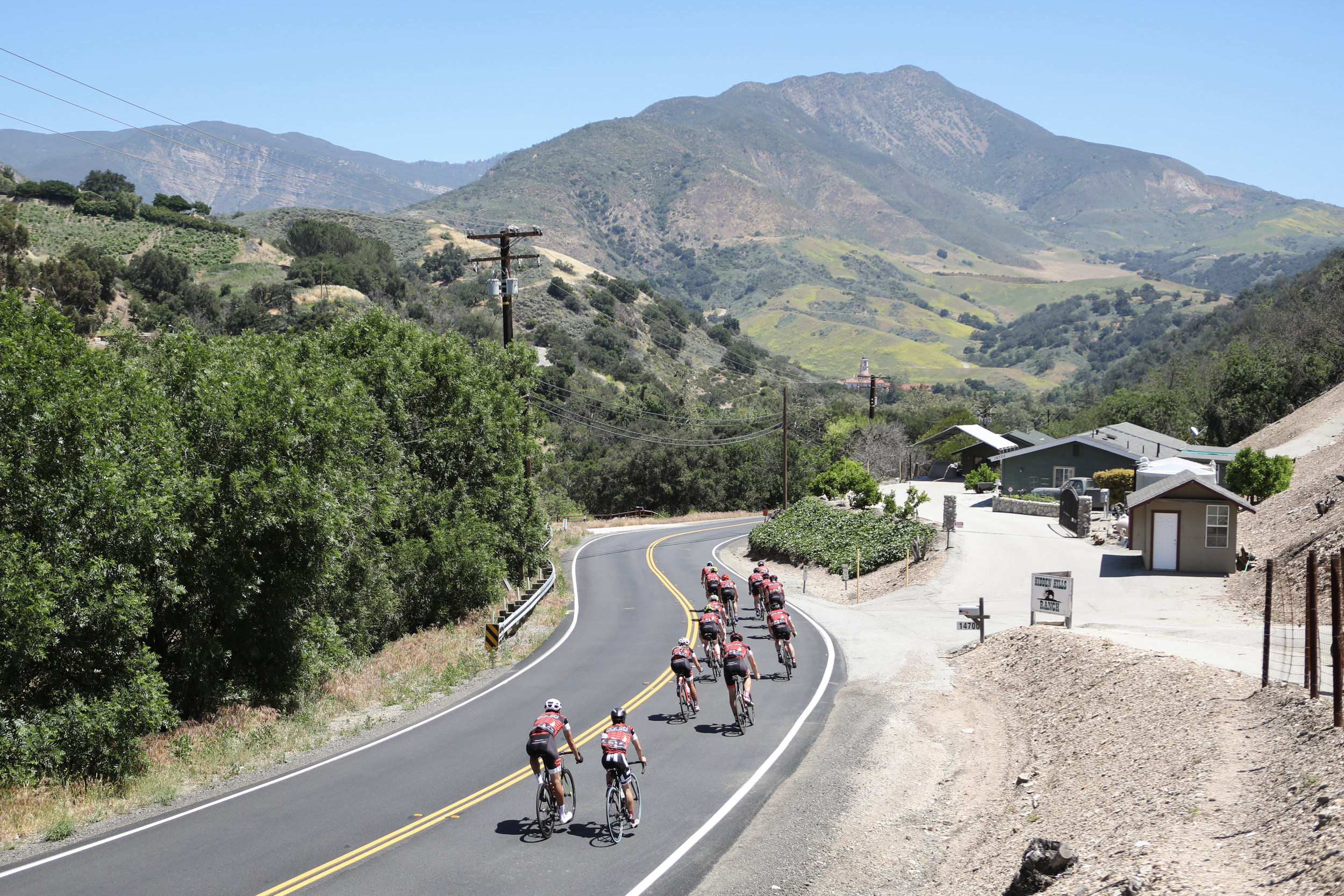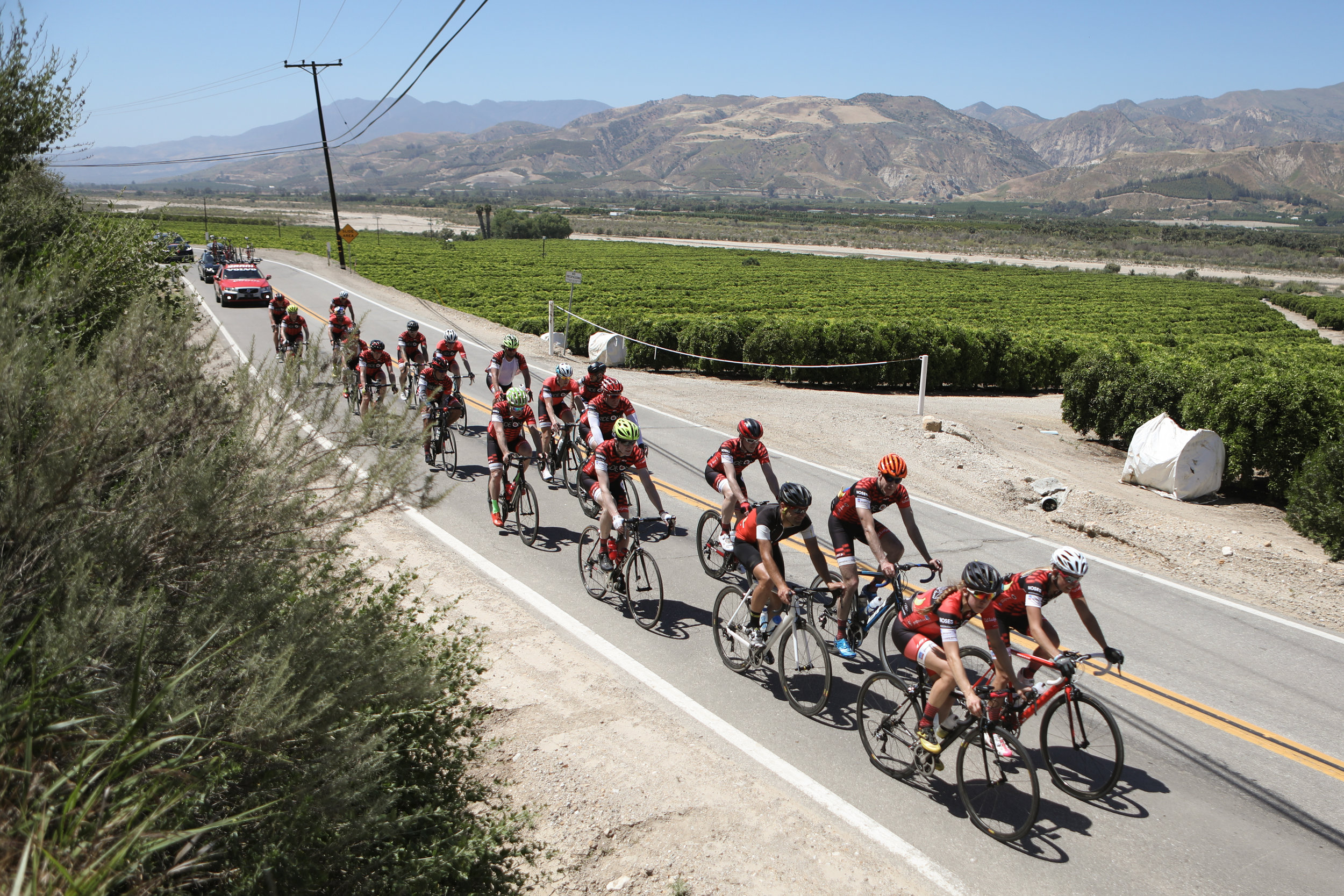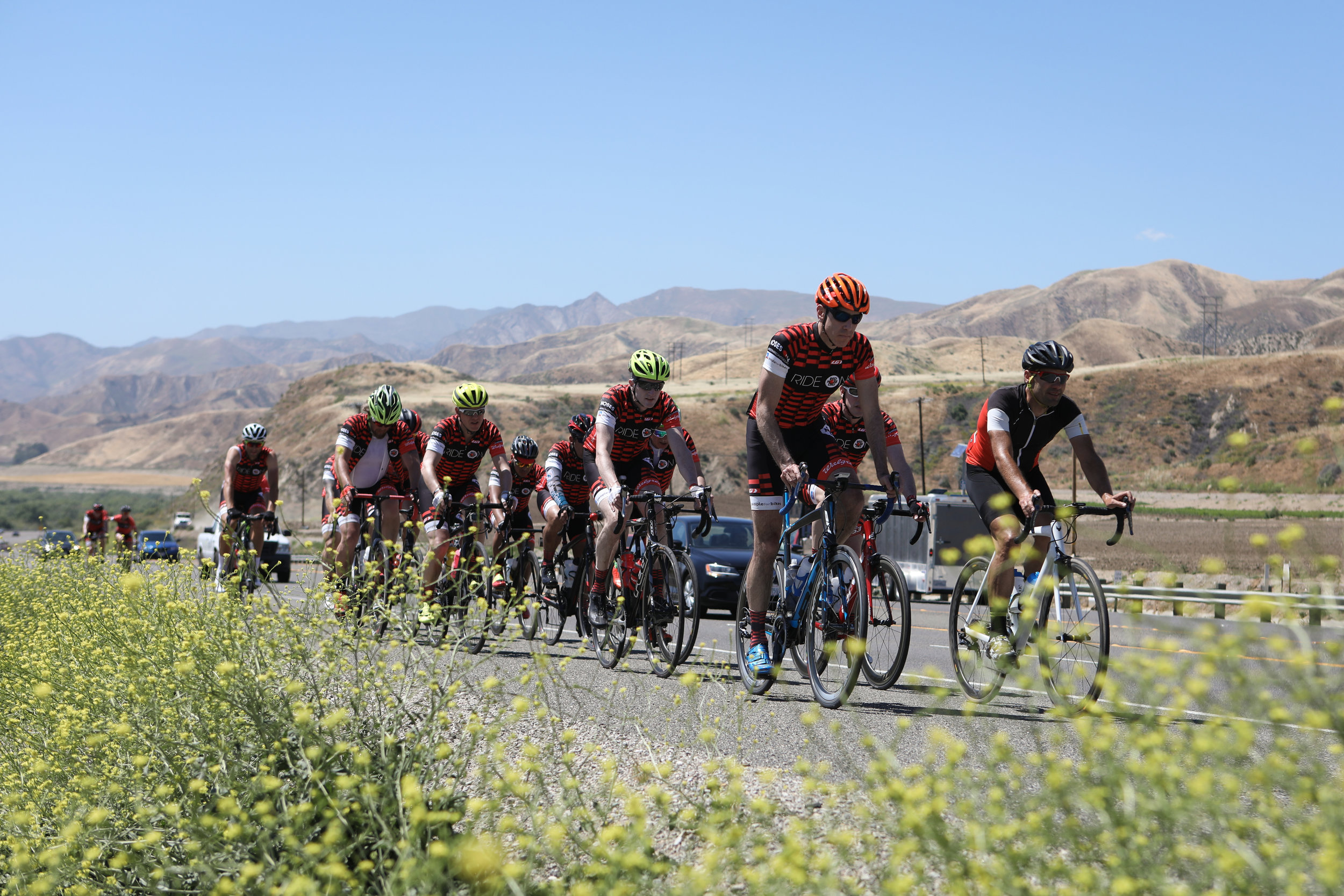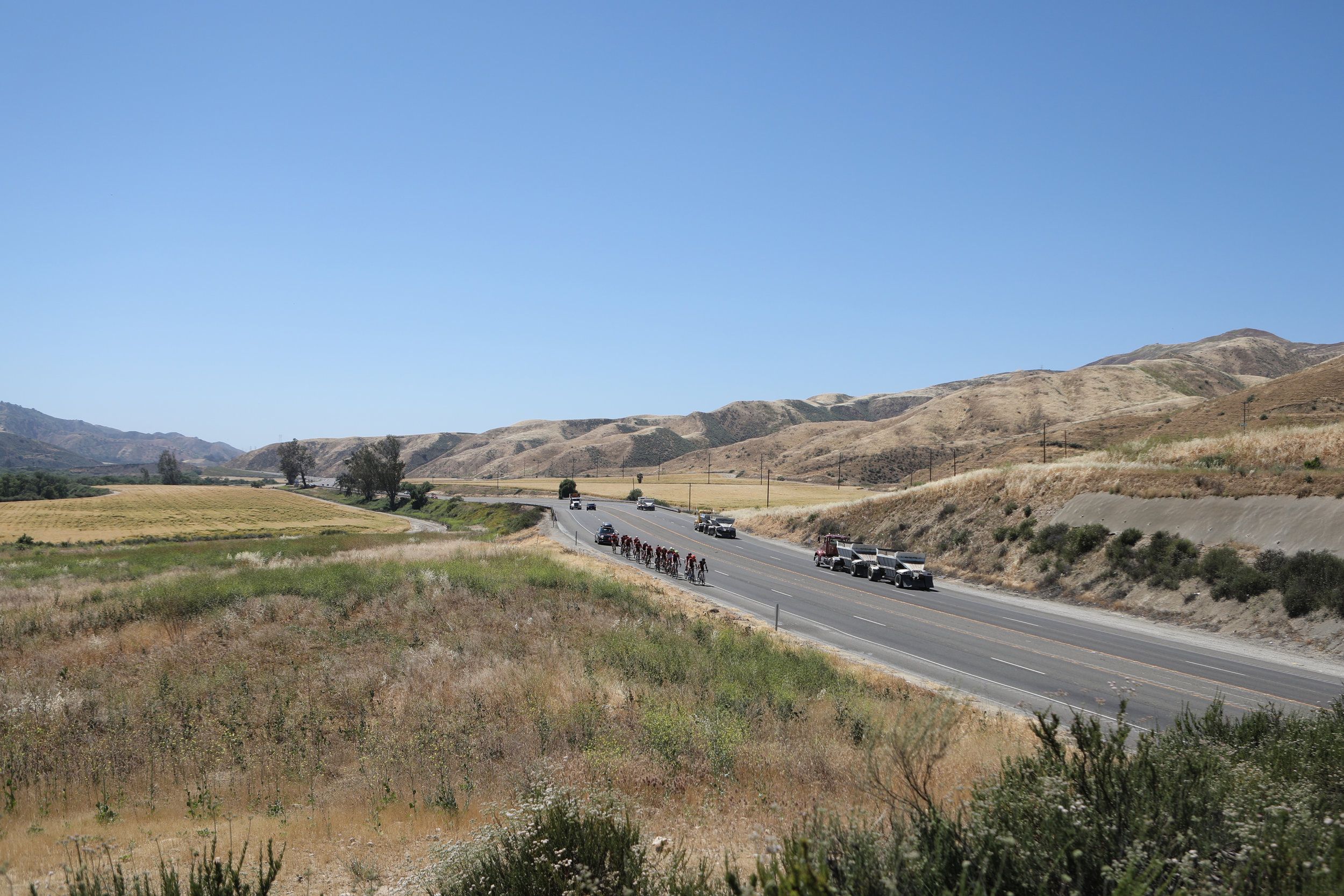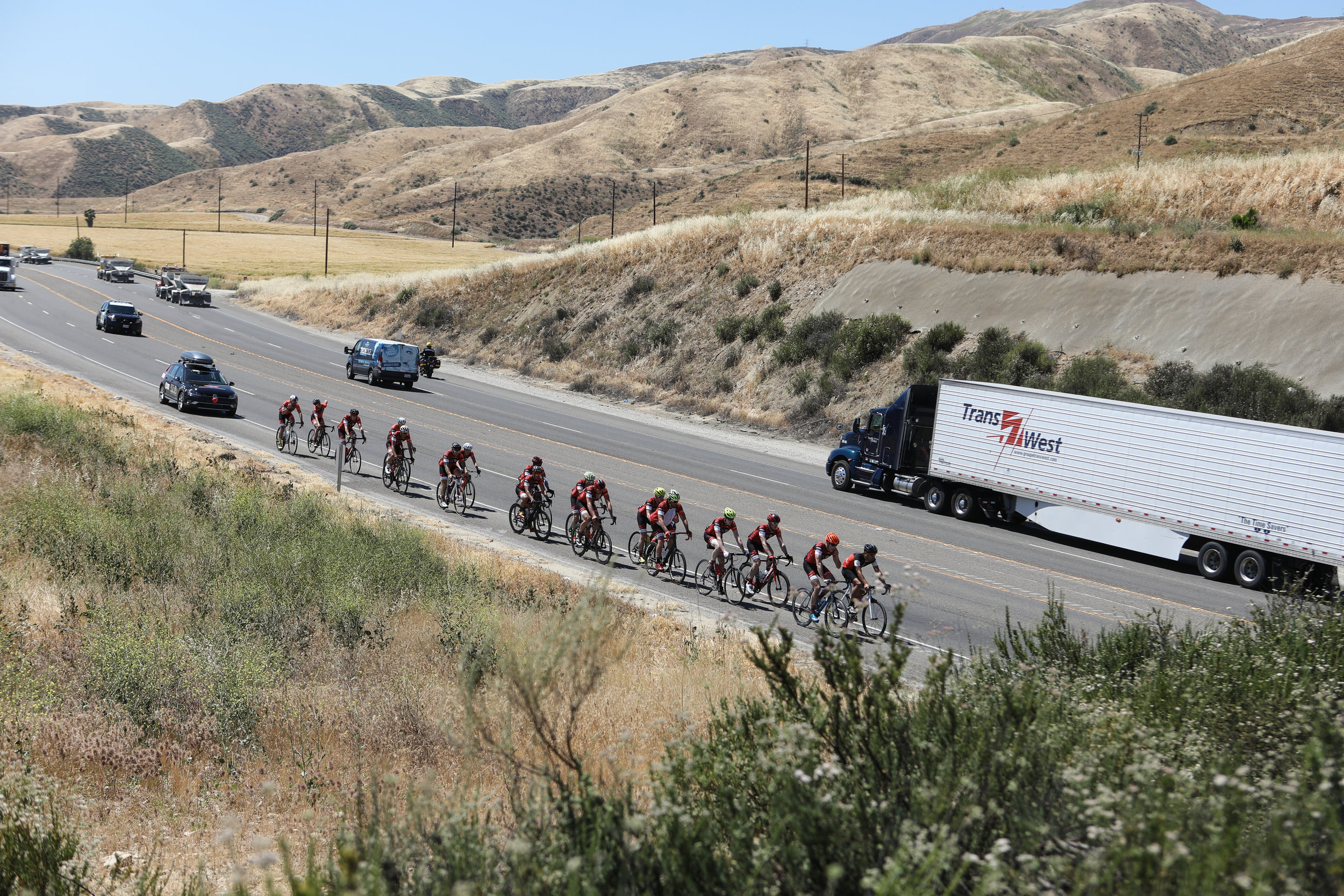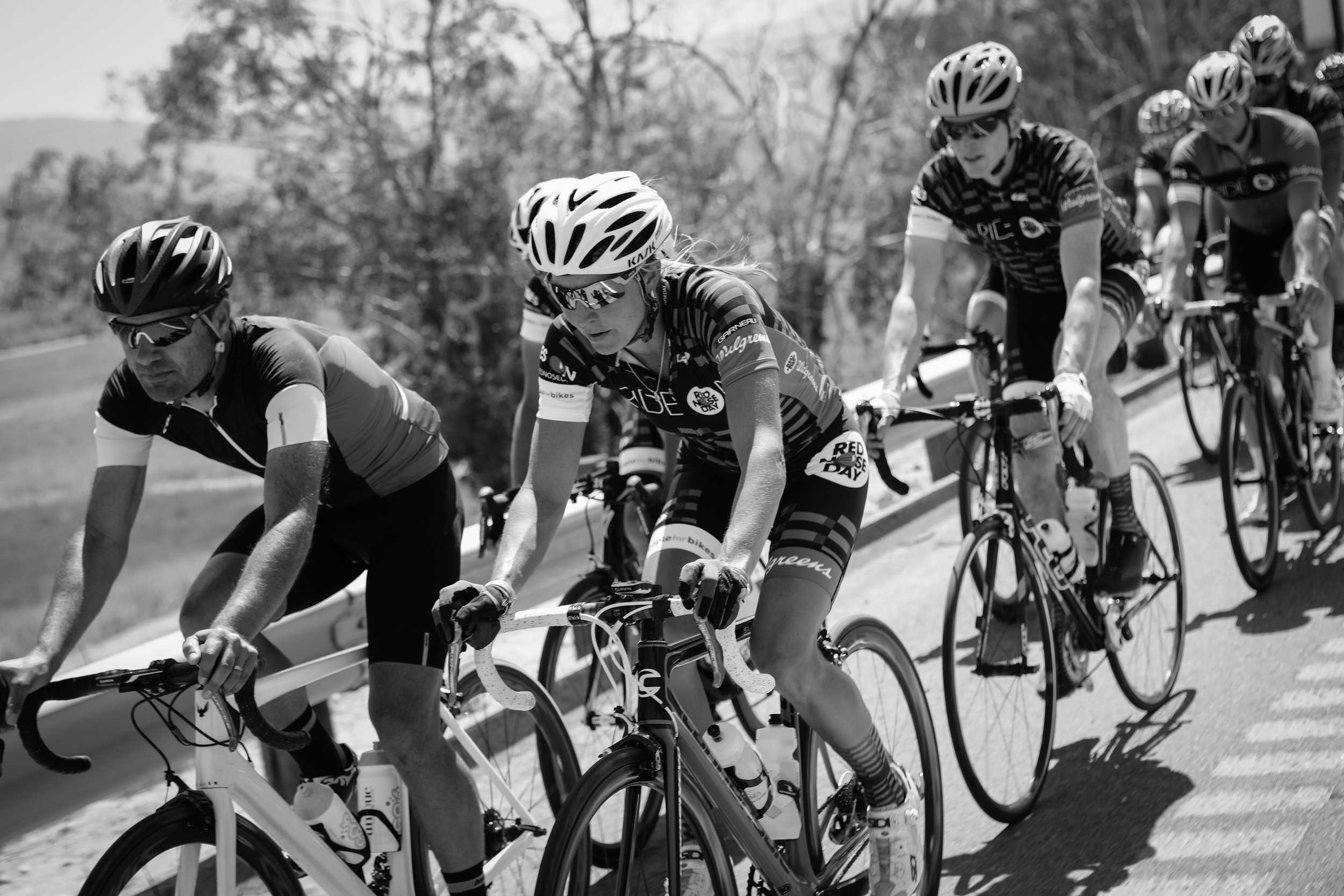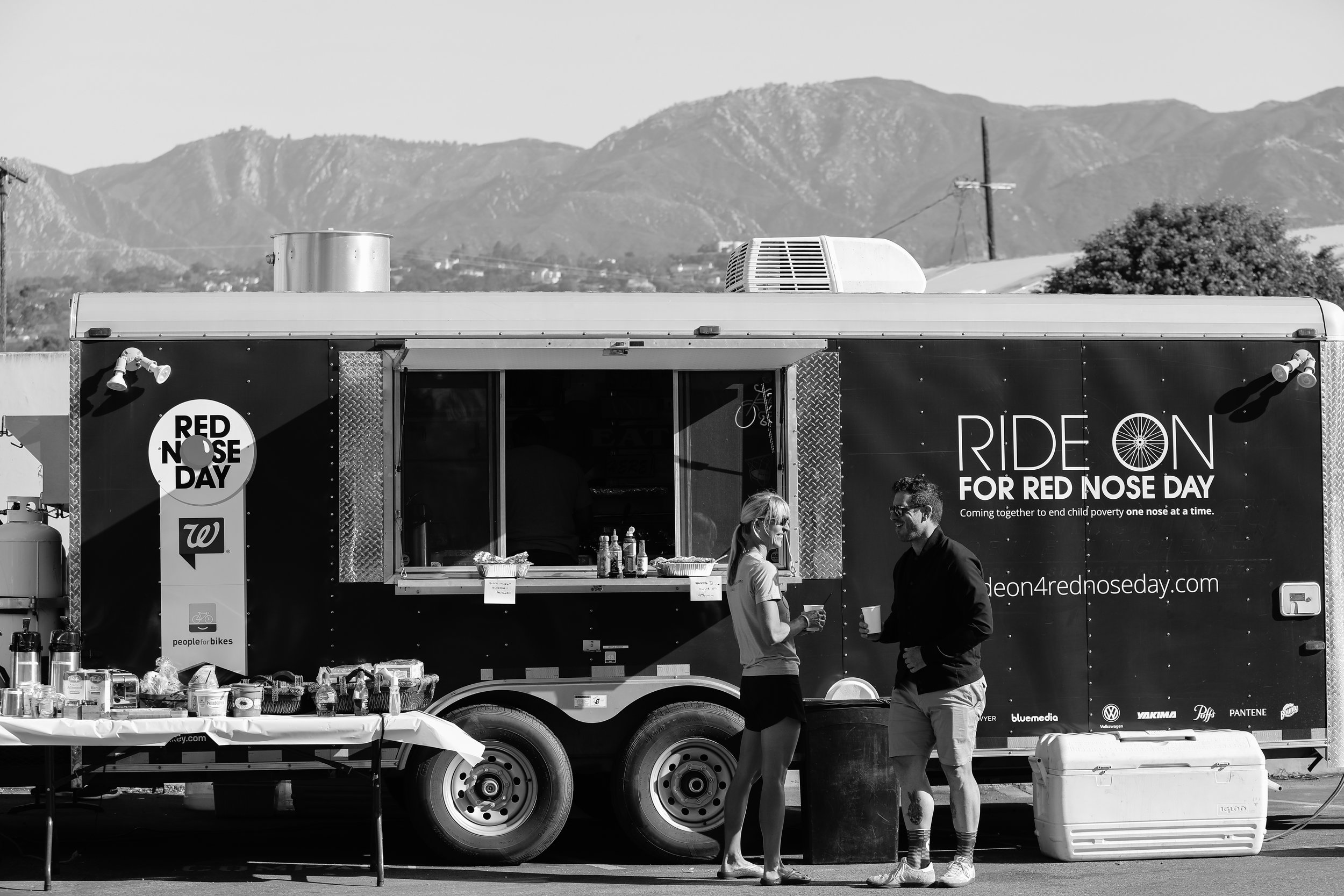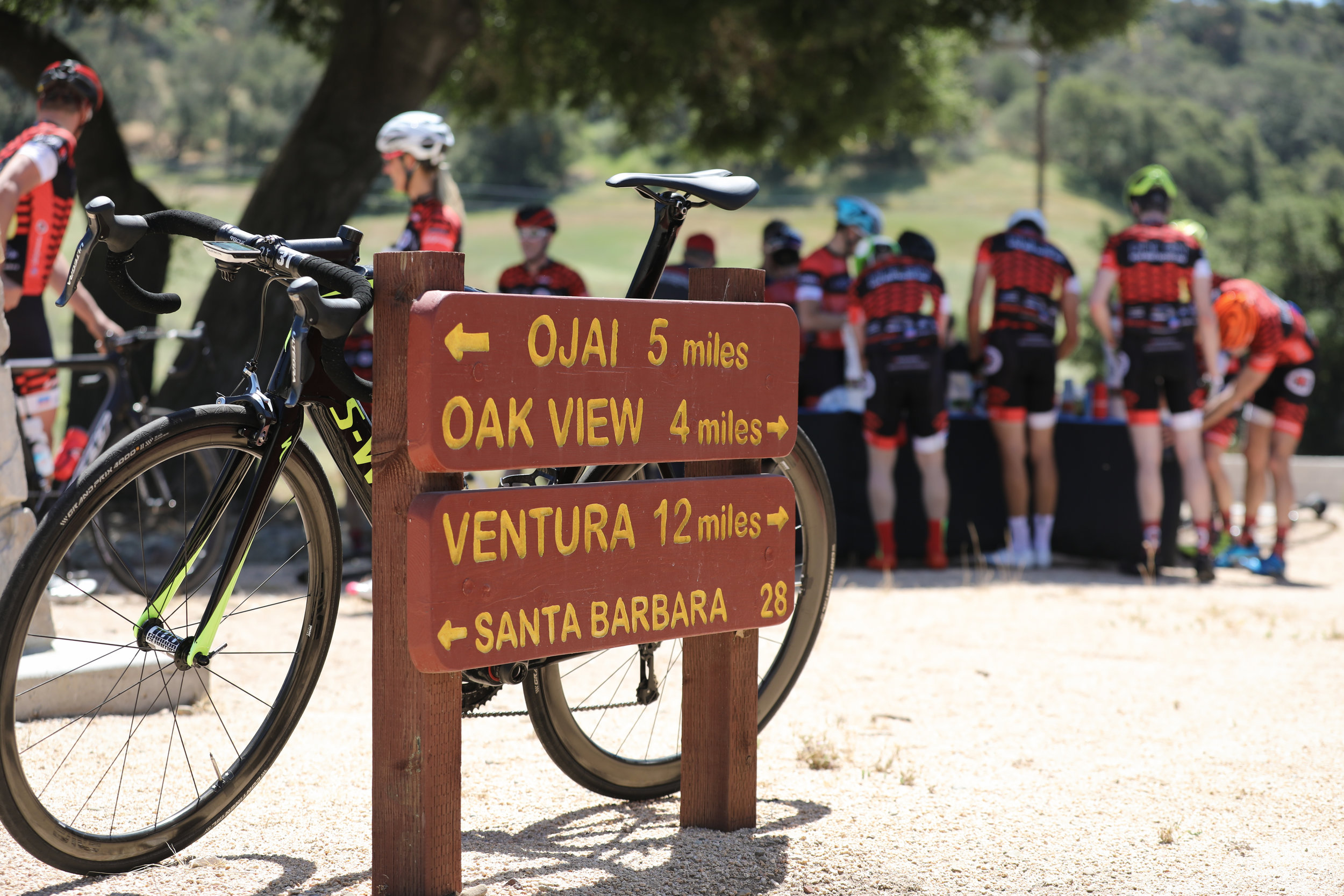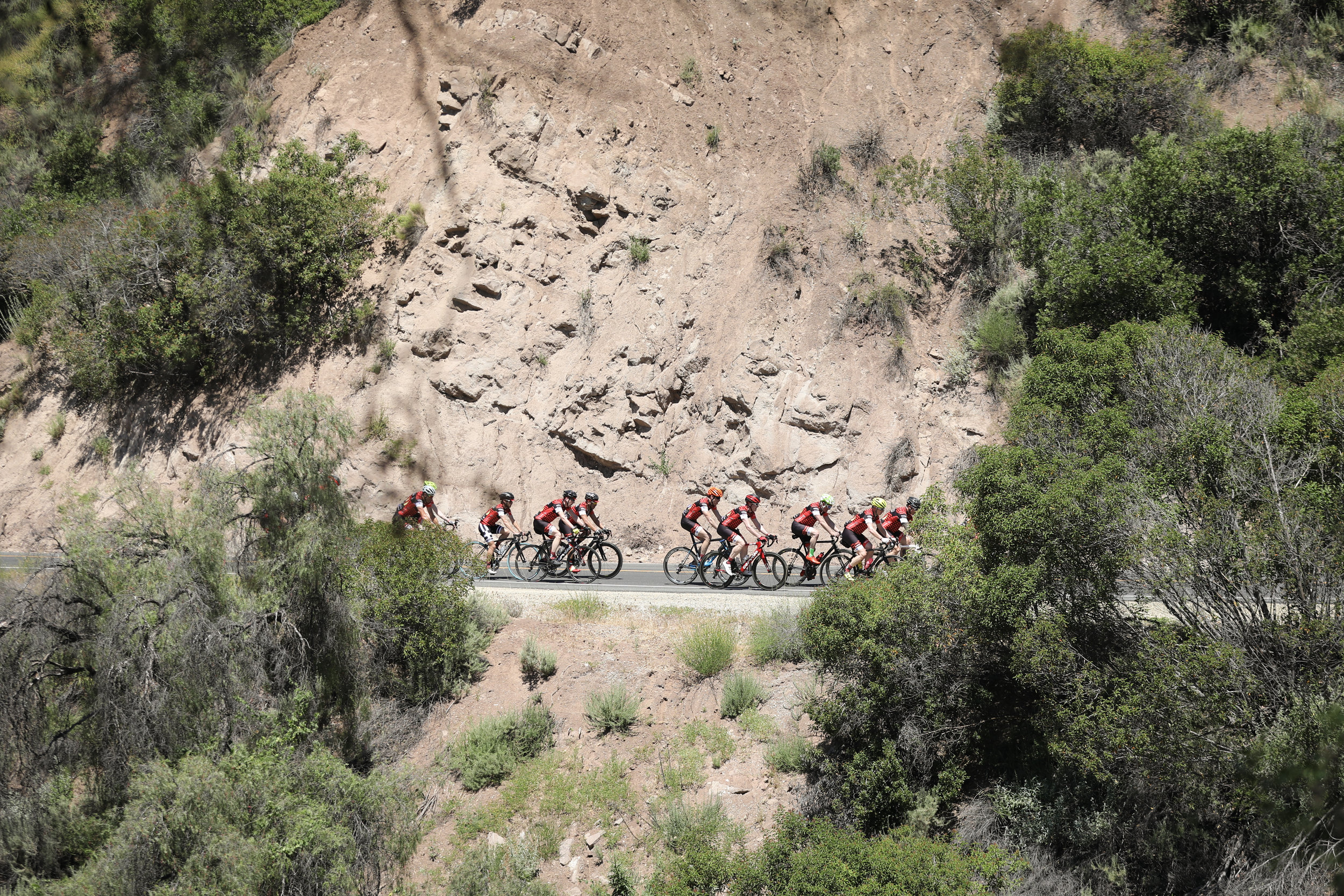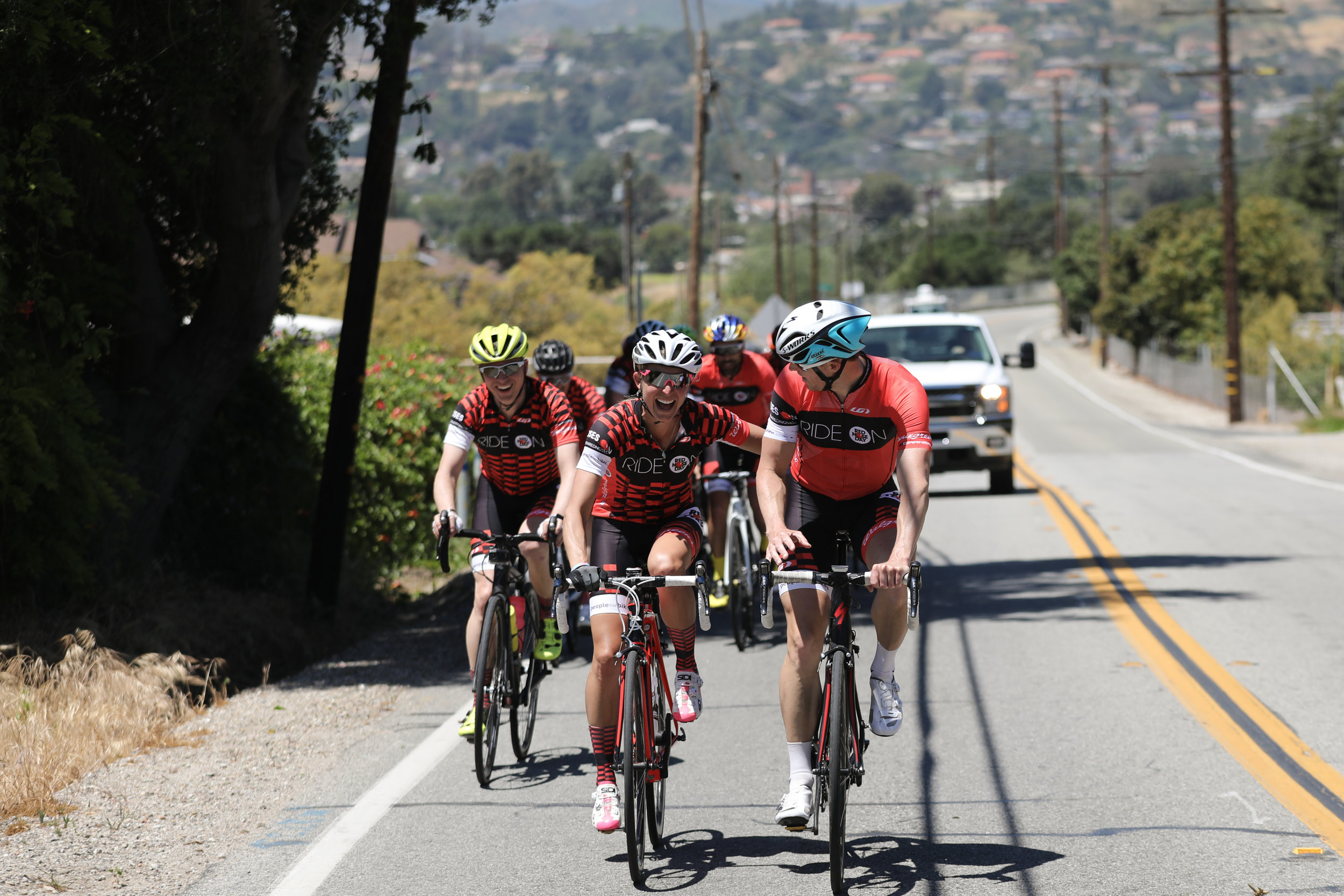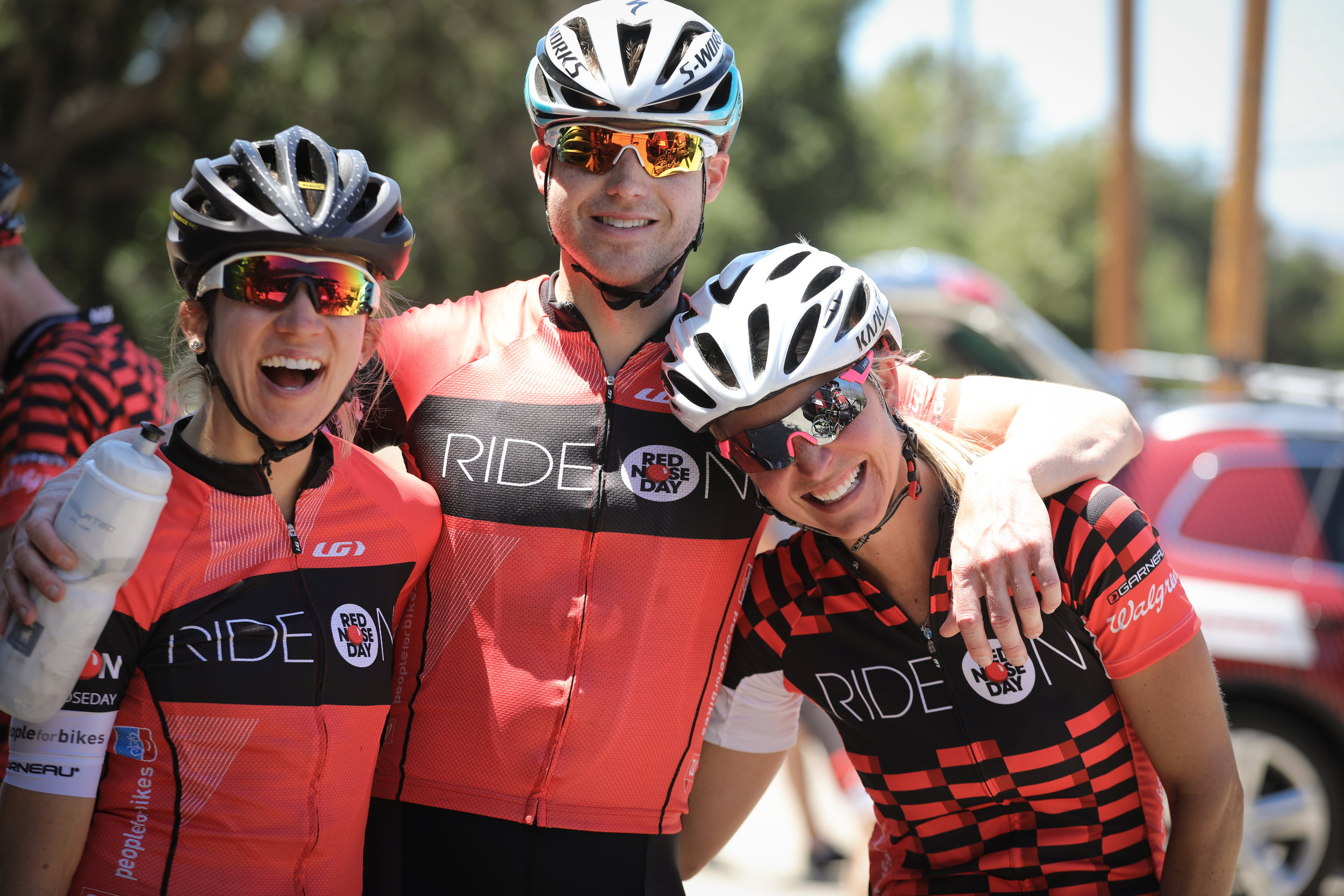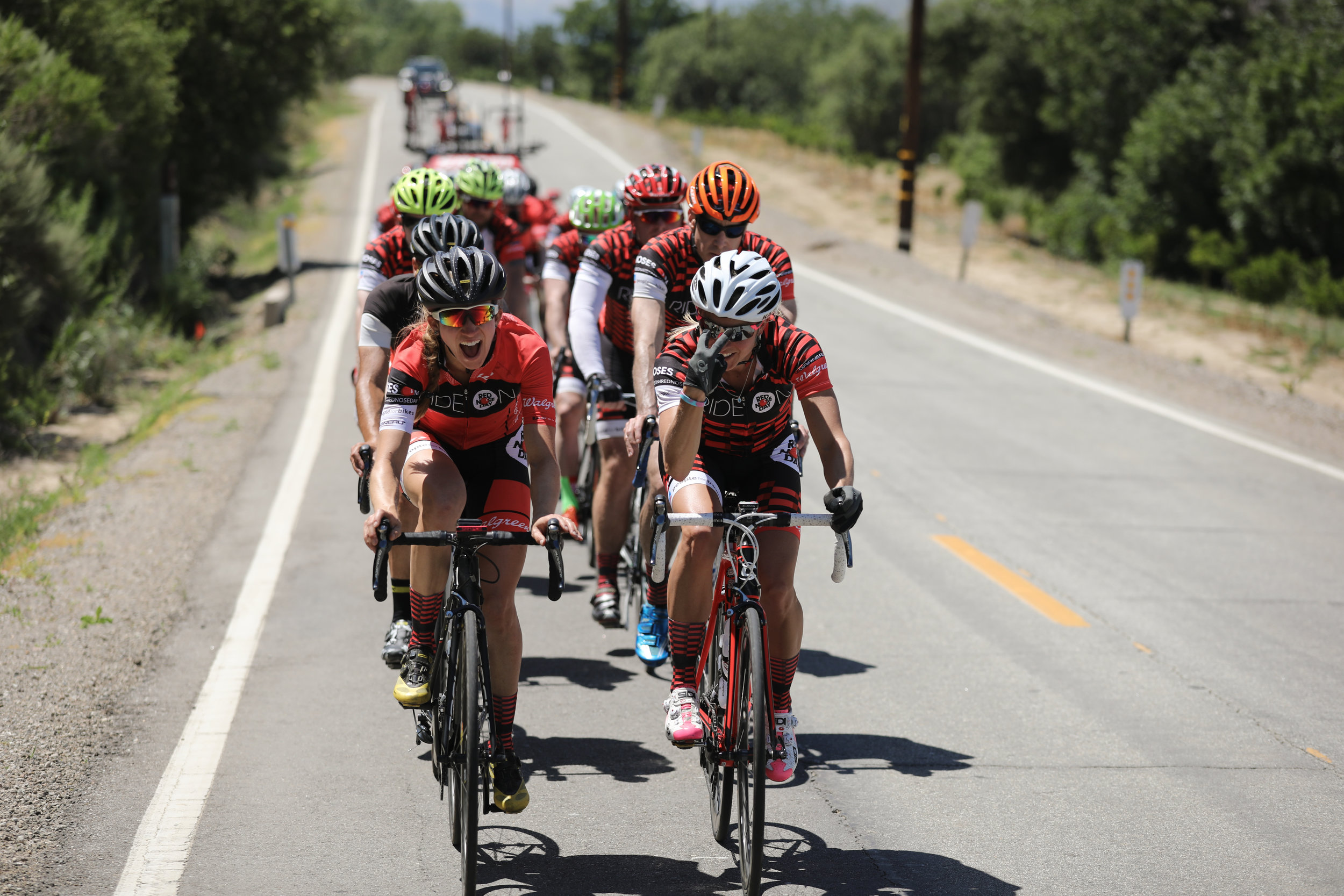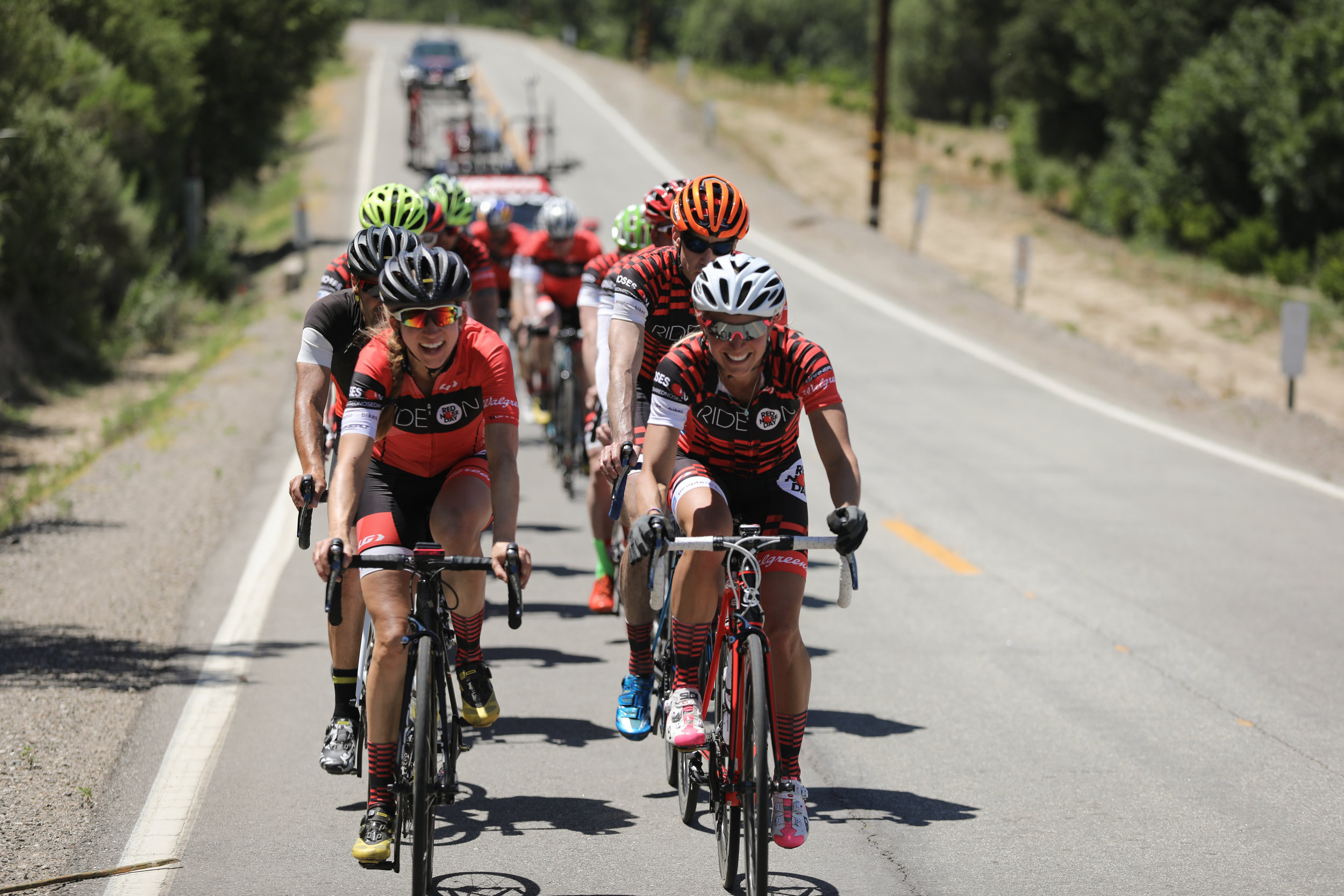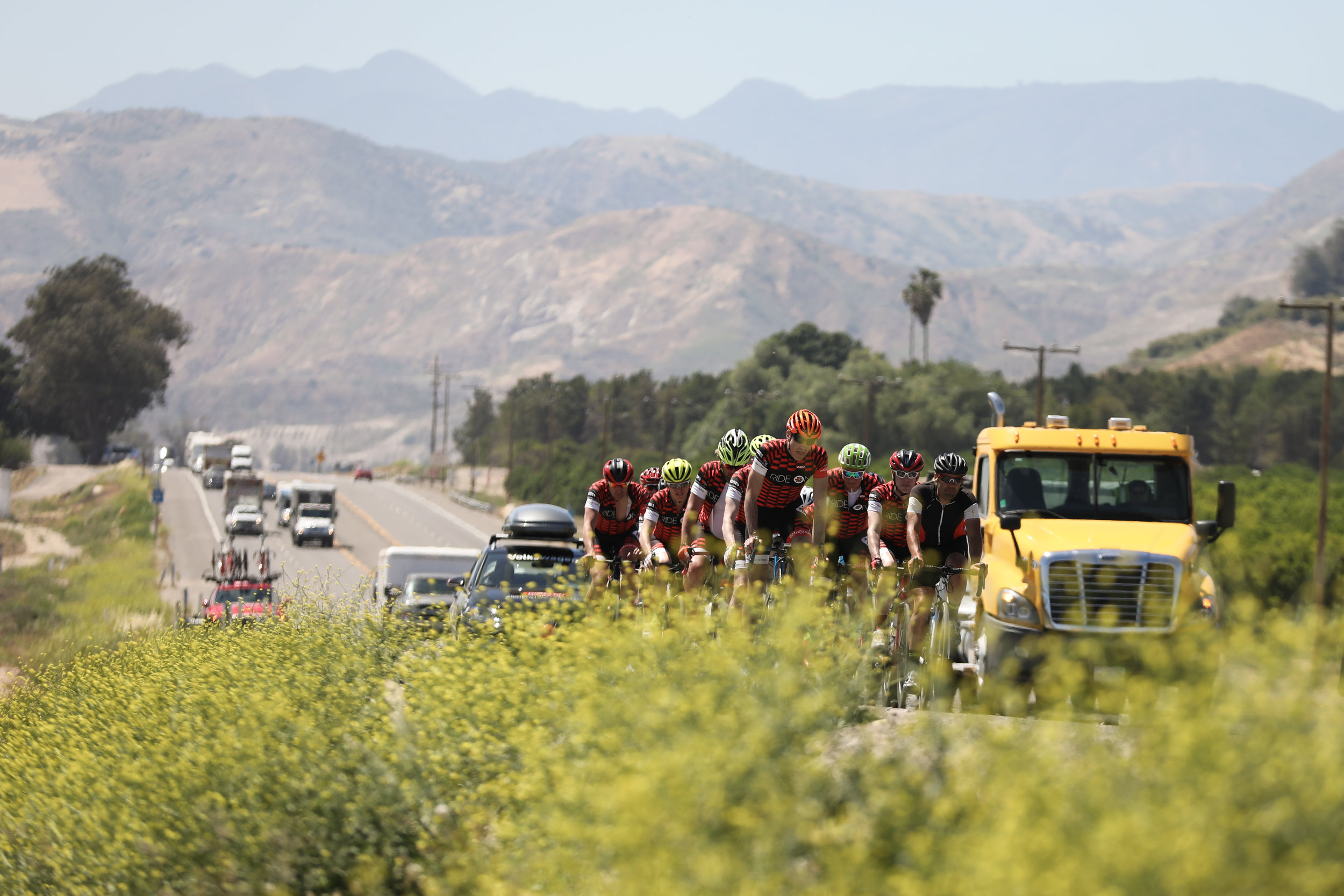On April 4, 2013, D.K. was out riding his bike…straight ahead, in broad daylight, in a bike lane, at well below the speed limit (uphill, in fact). He had no traffic control device ahead, just the wide open road, as he made his way back towards home following a hospital visit to a friend.
At a road perpendicular to the one D.K was on, a man sat in his pickup truck, stopped at a stop sign. D.K., a very experienced cyclist, and law enforcement official as well, glanced at the truck, noted it was stopped, and continued riding.
Suddenly and without warning, the truck left the stop sign, and t-boned D.K., striking him on his side, causing him to land on the ground. Immediately, the driver apologized, said he did not see D.K., and that he was at fault for leaving the stop sign and hitting D.K. with his truck. In fact, the driver, Mr. H., was kind enough to load up D.K.’s bike (damaged and not capable of riding) into his truck bed, and he gave D.K. a ride home. The driver was so remorseful and felt terribly. The two stayed in touch, with the driver calling now and then to check on D.K.
D.K. experienced shoulder pain, knee pain and foot pain right away. He did not feel it warranted a visit to the E.R. Instead, he made an appointment with his ortho doc (a doc who’d treated him previously for knee issues) at Panorama Orthopedics. He also saw this doctor for his shoulder injuries, and he visited his Podiatrist for his foot injuries. Over the course of the next three years, D.K. tried PT, injections, and conservative treatment to heal his injuries. The two primary ones that persisted were in his foot and shoulder. Eventually, he required foot surgery and shoulder surgery. He faces surgery to the other shoulder in the near future.
Now, D.K. believed, as many people do, that the driver’s insurance company, State Farm (SF), would be reasonable and would work with him on the resolution of his claims. He negotiated a settlement with them for his damaged bike (which they retrieved from him), and he kept them informed as his medical treatment progressed. Finally as the end of his three-year Statute of Limitations (SOL) neared, he tried to resolve his bodily injury claims with SF and realized that they had absolutely no interest in being reasonable.
He contacted our office approximately 6 months before his SOL ran. In order to preserve his claims, we sent an offer of settlement to SF, to try and resolve the case outside of litigation. Imagine our joint surprise when they offered a paltry $8,000. This, when their own driver admitted 100% fault, and where D.K.’s medical expenses at that time exceeded $30,000. We filed suit.
During the discovery phase of litigation, depositions were taken. Again, the driver admitted 100% fault and said there was absolutely nothing D.K. did to contribute to the collision, nor was there anything he could have done to avoid it. During litigation, D.K.’s shoulder injury and pain deteriorated to such a point that he had to undergo shoulder surgery, which added to his medical bills, and also resulted in several weeks of lost income. Despite these actual economic damages, SF advanced an offer that was less than 1/3 of his bills and wages. The case was set for trial.
Insurance companies will usually file what’s called a “statutory offer of settlement” in situations like this, which means they make a formal offer, which is good for 2 weeks, and if not accepted, it automatically expires. The bigger effect of this action is that the burden is now on the Plaintiff (and his counsel) to obtain a jury verdict above that amount. As such, if the jury comes back with a verdict at that offer amount or below, the Plaintiff can be held accountable to pay the defense trial costs. This can include defense expert fees, such as doctor’s time and deposition costs, and more. On average, these costs range from $20,000- $25,000. As you might expect, it has the (intended) effect of placing immense financial pressure on a Plaintiff who is gearing up for trial; as not only is a jury hard to predict, but if the jury comes back at a low number, the Plaintiff can technically “win” the trial, but still end up paying through the nose for defense trial costs.
Needless to say, the weeks before trial as a Plaintiff, and as a Plaintiff’s attorney, are incredibly stressful. As trial approaches, the risks of an unknown jury verdict become very real. It is truly an “all hands on deck” approach to being as prepared as possible.
Sadly in this case, in the two weeks prior to trial, D.K.’s elderly and ailing mother passed away. He had difficulty processing all of the emotions, feelings and stressors in his life – while still recovering from his shoulder surgery and being out of work. It was truly a testament to his moxy and fortitude that he was able to focus and stay in the game as we went to trial.
Trial was held in Denver District Court at the end of March. The pro-cyclist jurors were stricken from the panel, as were the anti-cyclist jurors. We were left – as is usually the case – with a neutral and somewhat unknown jury. As the trial unfolded, we felt our case gaining momentum. This became particularly so, when the defense called its client (its State Farm insured) to the stand. Once again, the driver said he was 100% at fault, and really the only way for D.K. to have avoided the collision would have been to not ride his bike that day or to have taken another route. Incredibly, defense counsel seemed to argue with his own client/insured, as he insisted that, “well, shouldn’t the cyclist have made eye contact with you? Don’t you think he was foolish for assuming you’d seen him? Don’t you think cyclists have a duty to be careful, too?” To which, the driver repeatedly insisted that he was the sole cause of the collision. (Keep in mind, State Farm’s answer and position the entire time, was that D.K. had contributed/caused the collision, and they wanted the judge to ask the jury to apportion fault on this issue).
At this point the jury was clearly frustrated that the issue of fault was being beaten to death. (We were too). Sadly outside of the jury’s presence, the judge did ask defense counsel for any proof whatsoever that D.K. had contributed in any way to the collision, and defense counsel again asserted the issue of “Failure to make eye contact.” The judge correctly pointed out that this was not a legal requirement and finally – for the first time in the 4 years since the crash - put the issue of fault to rest. The Jury would be tasked only with determining damages.
As part of their case in chief, defense also called their hired doctor, a physiatrist, to testify that none of our client’s injuries were related to the crash, and that neither surgery was necessitated by the crash. His position was that our client – a man in his early 60s, who is an active cyclist, swimmer and law enforcement officer – led an active life that caused degeneration in his feet and shoulders. The jury told us afterwards his testimony was totally disregarded because his positions were so outlandish. Meanwhile, we called D.K.’s shoulder and foot surgeons to explain the injuries, their causation, and the need for the surgeries.
In the end, the jury returned a verdict for a large portion of our client’s medical bills and lost wages. They discounted some of them given the large lapses in time and medical care, which we knew going in was one of our biggest hurdles. Then again, don’t patients trust their doctors? If our doctors say, “rest, give it time, give the injections a chance to work, stop swimming, stop riding, stop doing pushups, ice, rest and give it more time,” don’t we typically trust our doctors? D.K. certainly did.
Ultimately, D.K. and his wife had several very hard decisions to make, going into litigation and going into trial. Insured by State Farm themselves, they could not believe an insurance company with a driver/insured claiming total fault, would take such a defensive, denial stance. D.K. and his wife kept hoping State Farm would do the right thing. These are honest, hard working people who have saved to eventually retire. They did not want to gamble their savings on having to possibly pay defense trial costs! Yet this is the leverage disparity that injured parties find themselves facing when they decide to fight back. It truly does feel more like a David and Goliath situation than it does a fair judicial fight.
The final numbers were that D.K.’s verdict was approximately $100,000 above the best offer advanced before trial by State Farm. Even more so, the defense doctor was exposed for what he is – hired testimony. He earns millions each year providing “medical opinions” for the insurance industry. One can only cringe and imagine how many deserving Plaintiffs his testimony has caused to be short-changed or even left hung out to dry with no recovery. We hope that future juries will disregard him as ours did.
My hat is off to my client D.K. and his wife. It takes an immense amount of courage to take on the system and a giant like State Farm, as they did. We asked them to “Trust us” and of course we did all that was in our power to ensure a victory, but every lawyer will tell you that juries are loose cannons and one never knows what they will do during deliberations. We certainly cannot ever promise a client a “sure victory.” There is no such thing. In this case though, our client was served well by the jury and by the process. We are thankful and grateful for this outcome, and for the opportunity to serve him and his wife – two amazing, incredible humans.













































































































